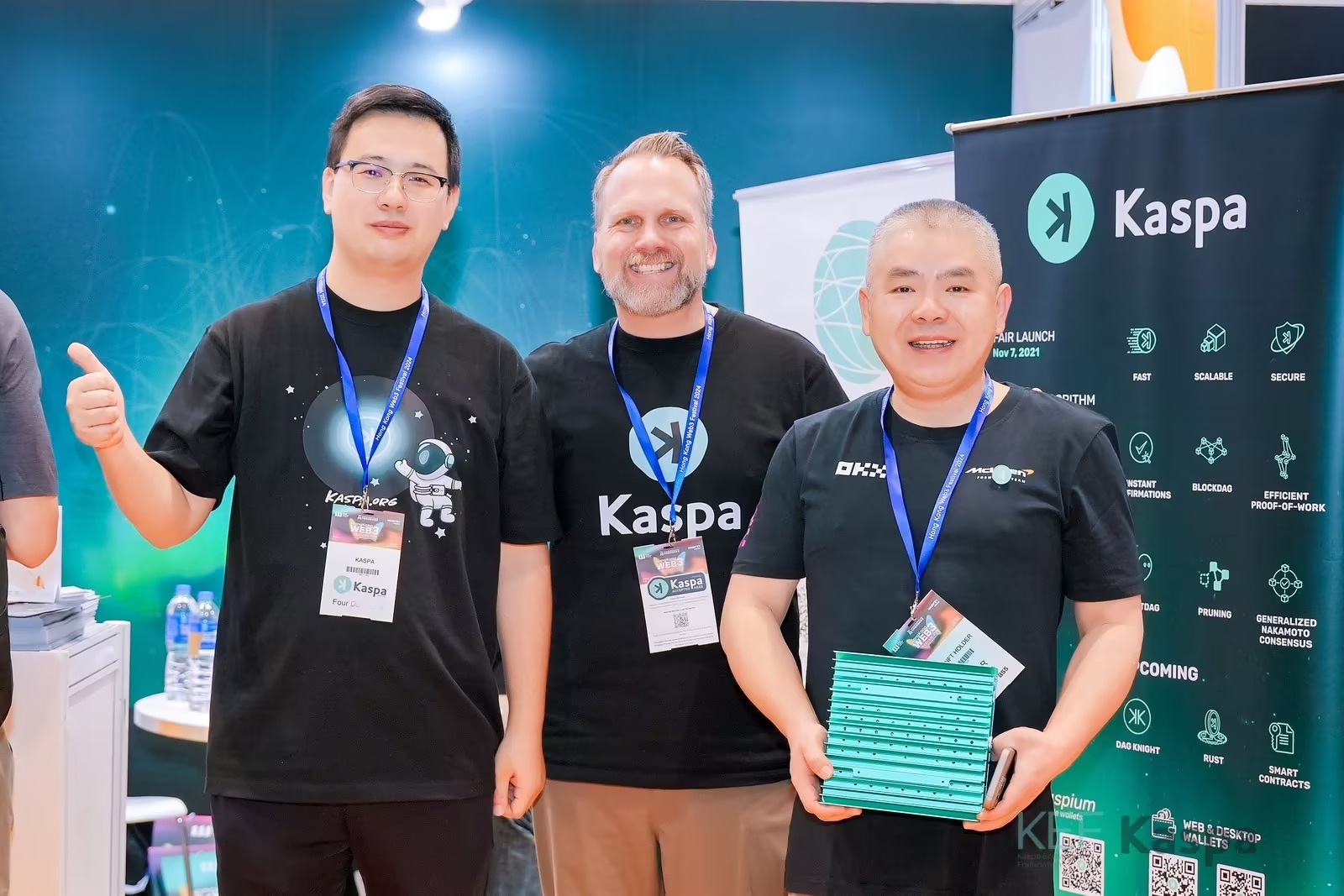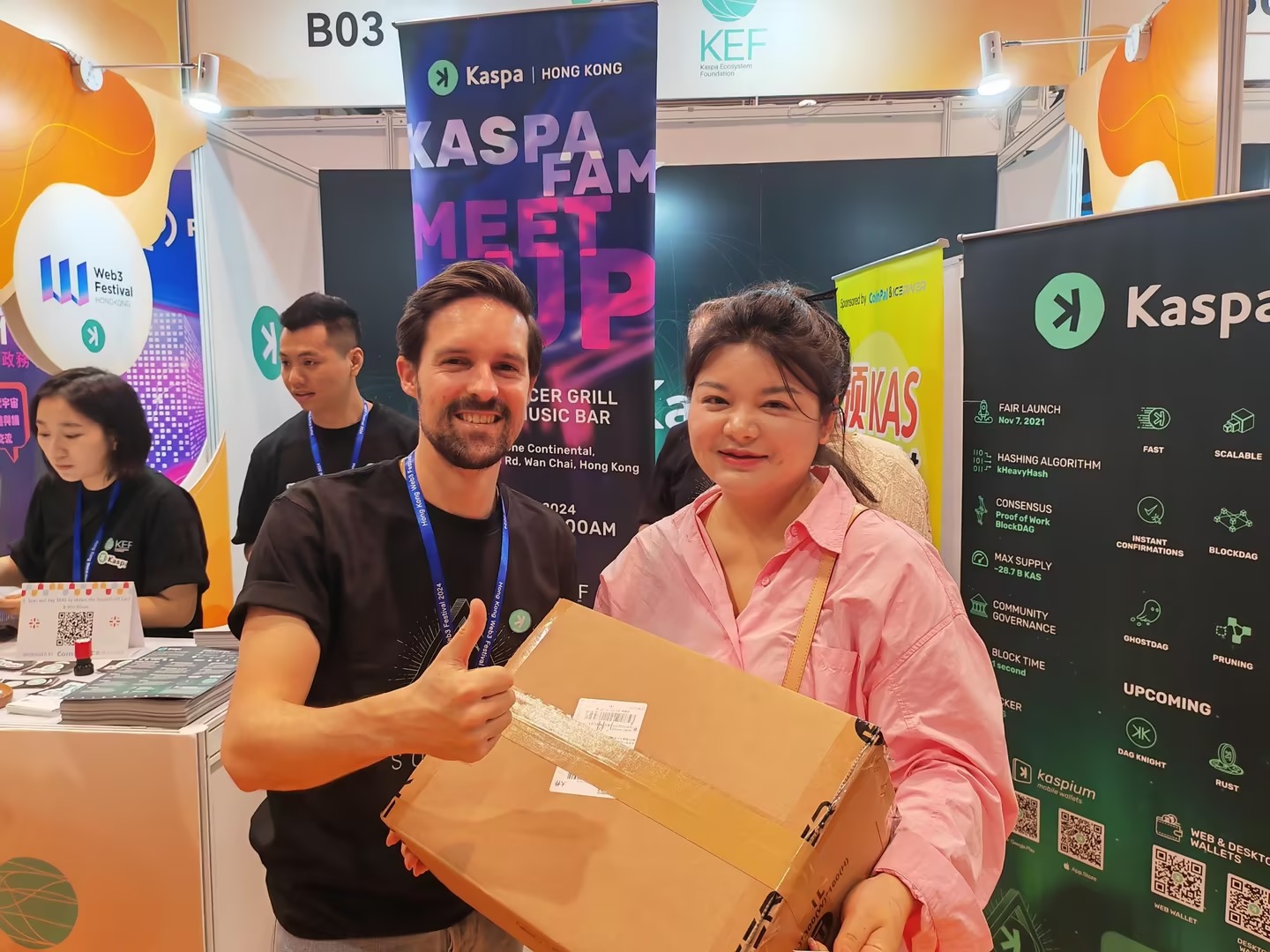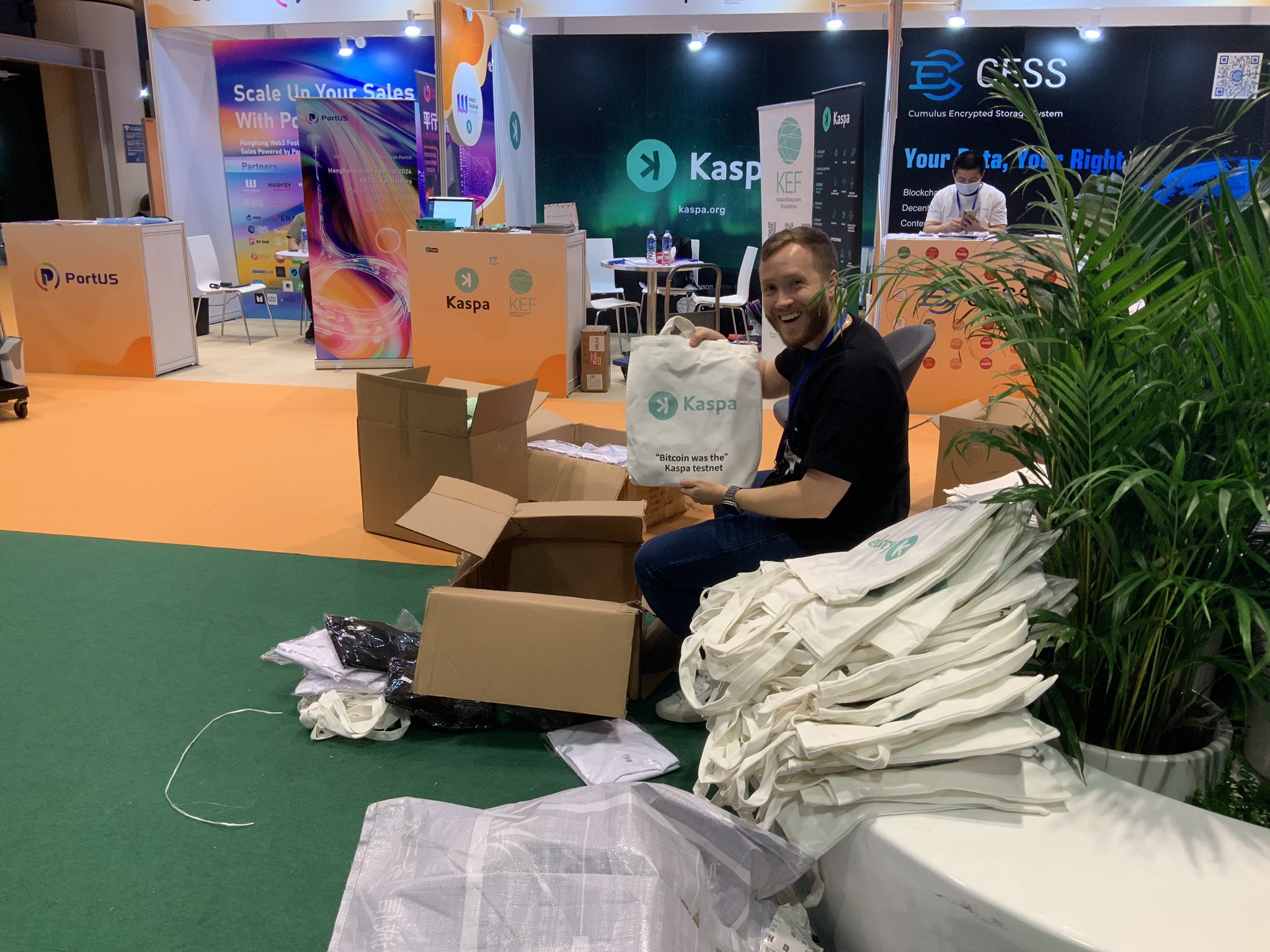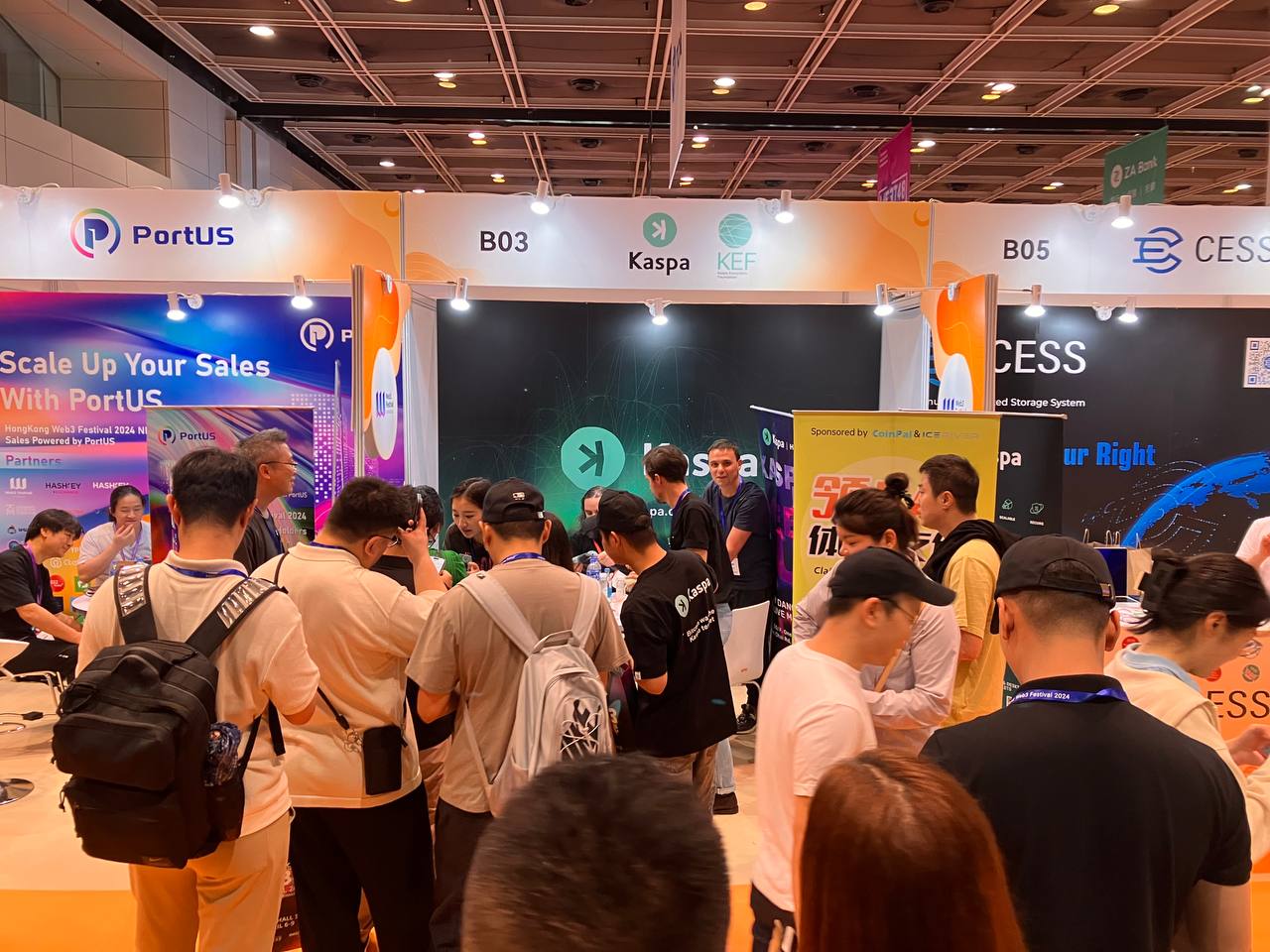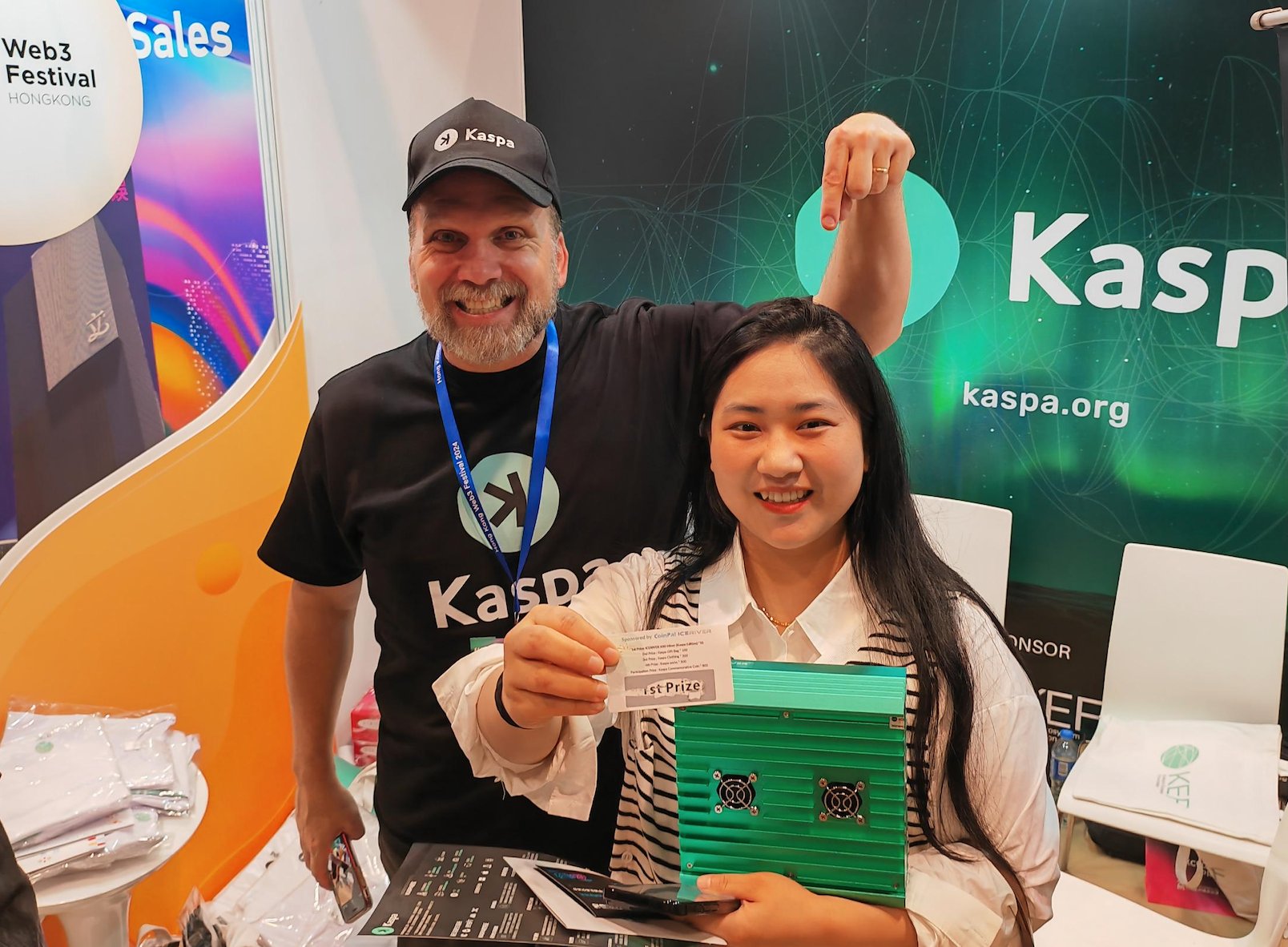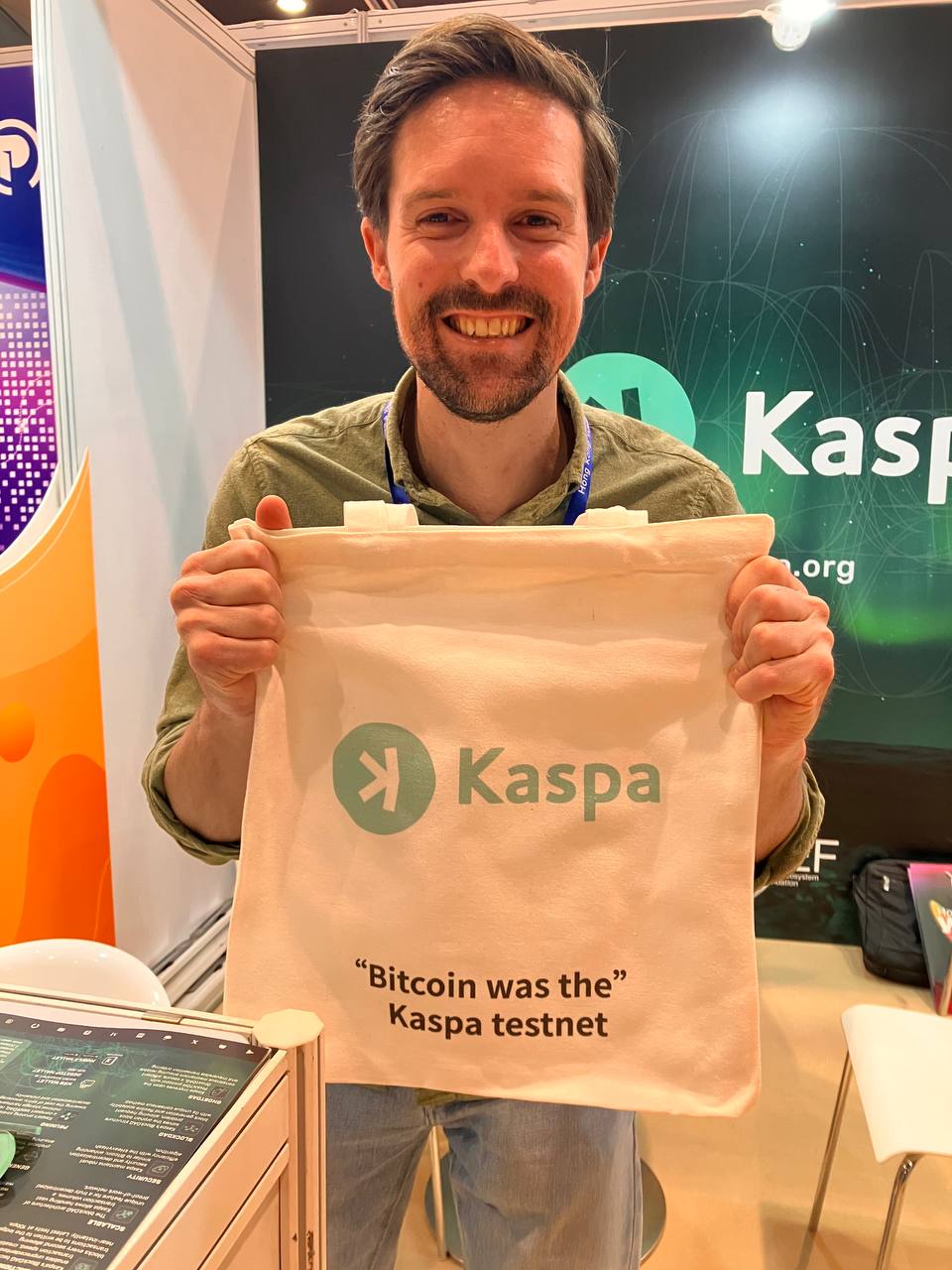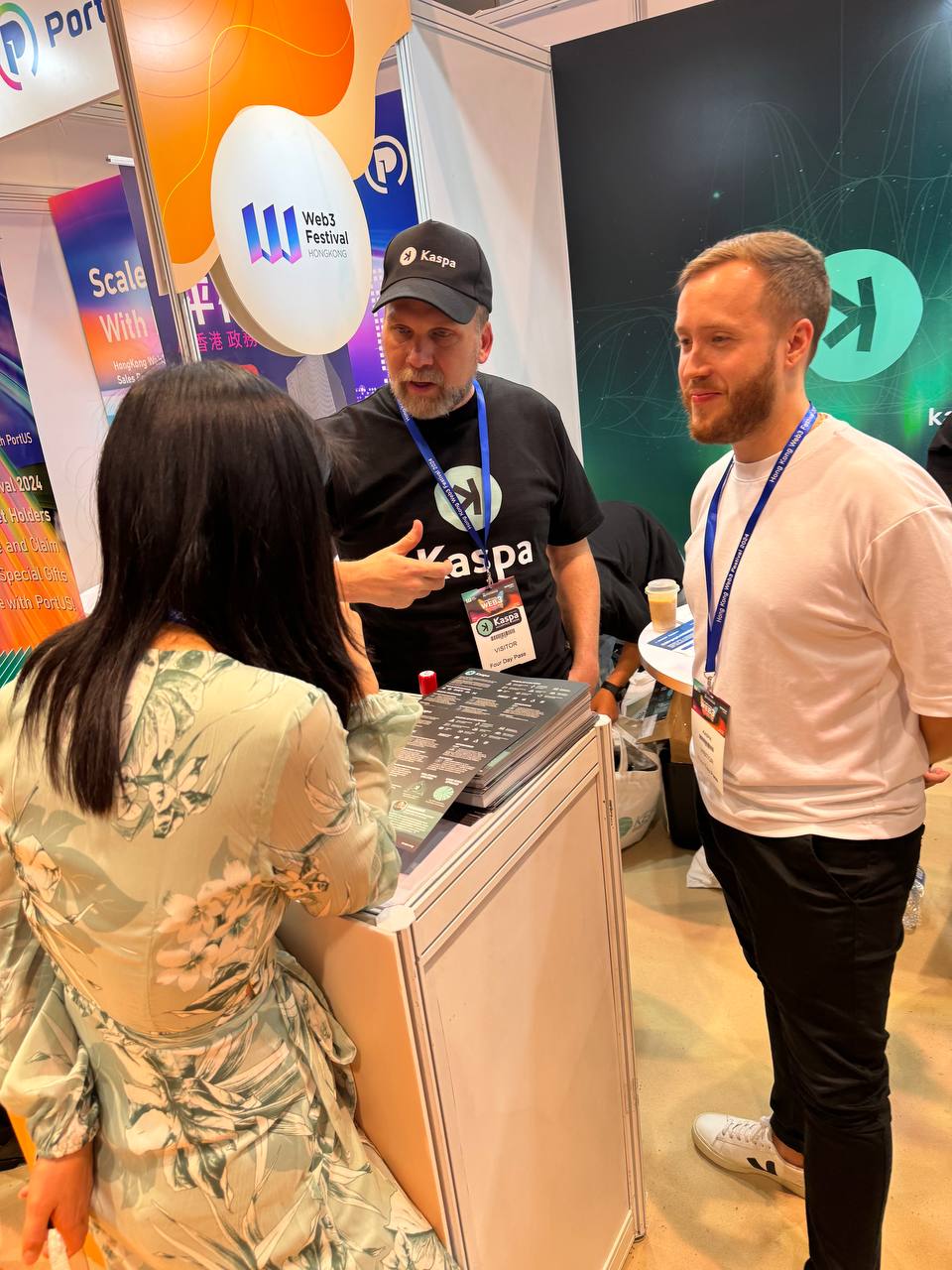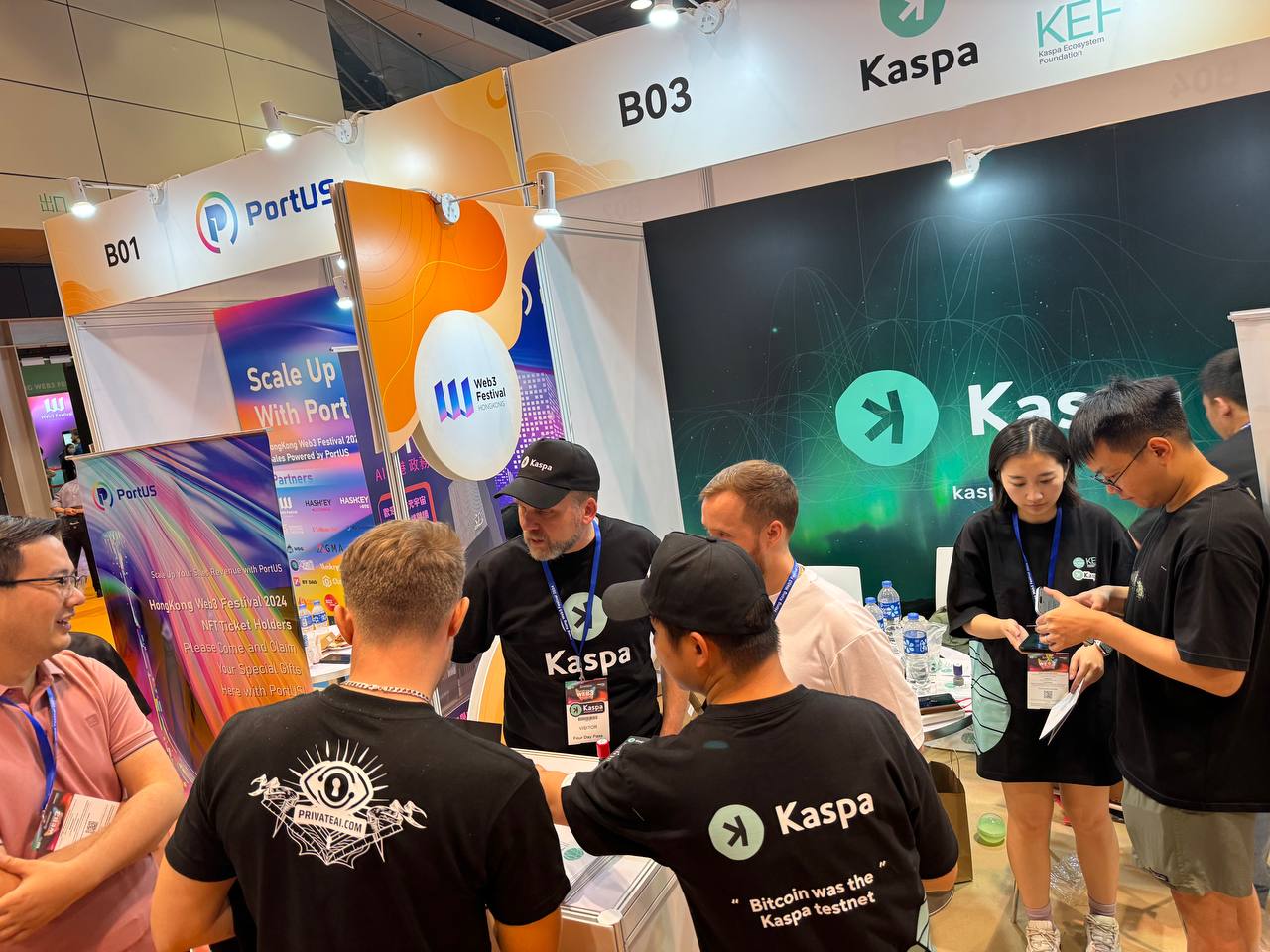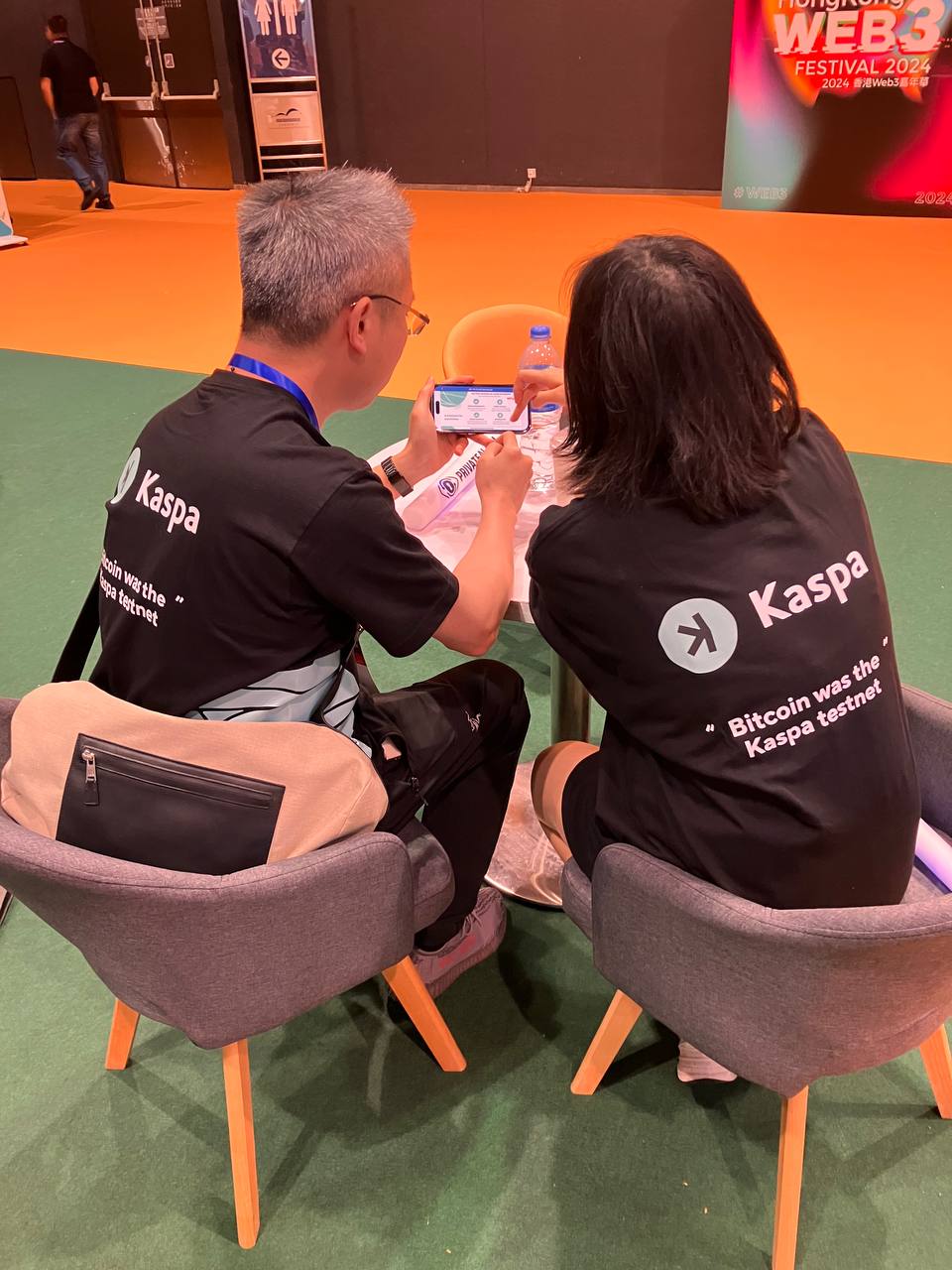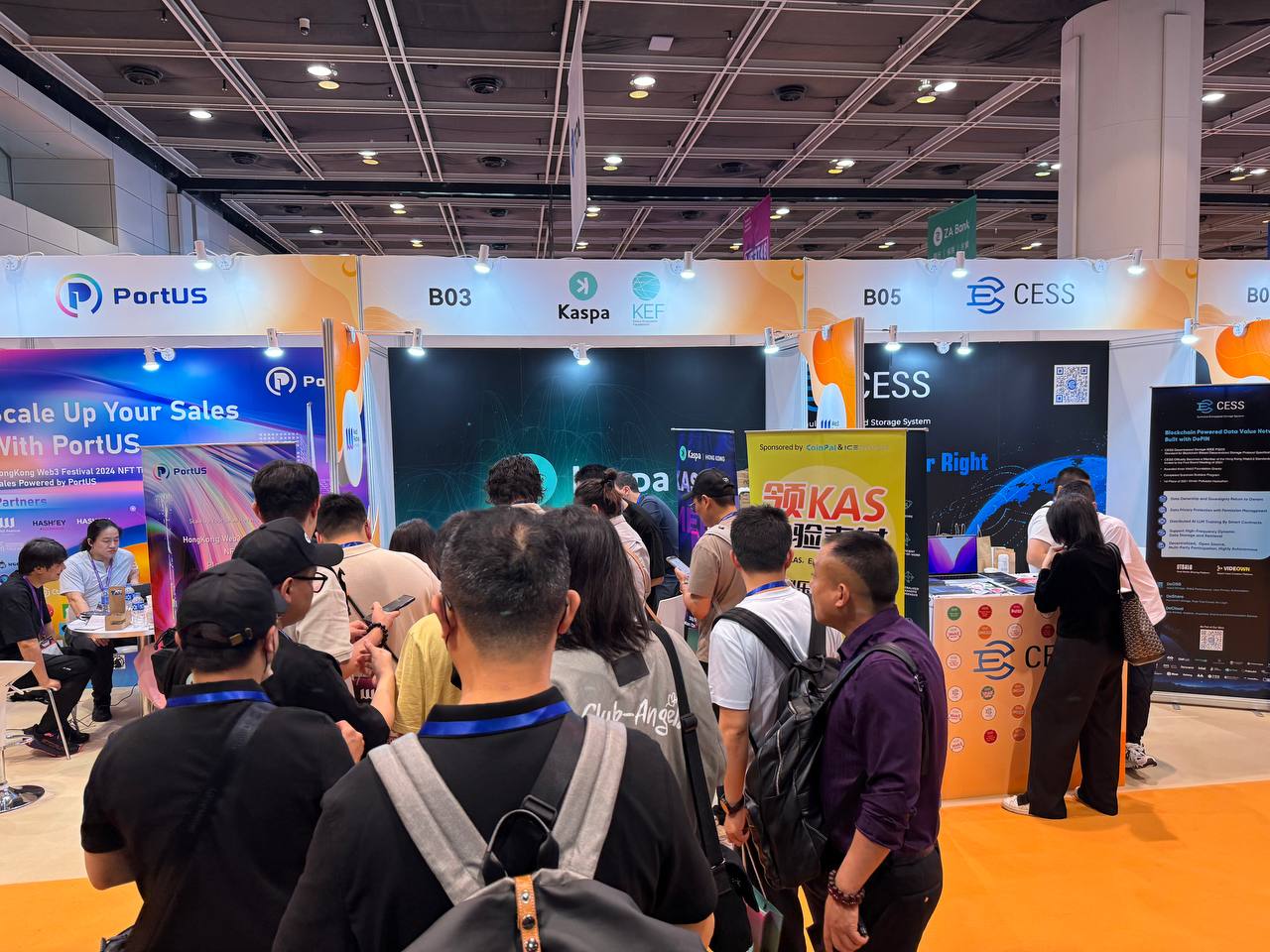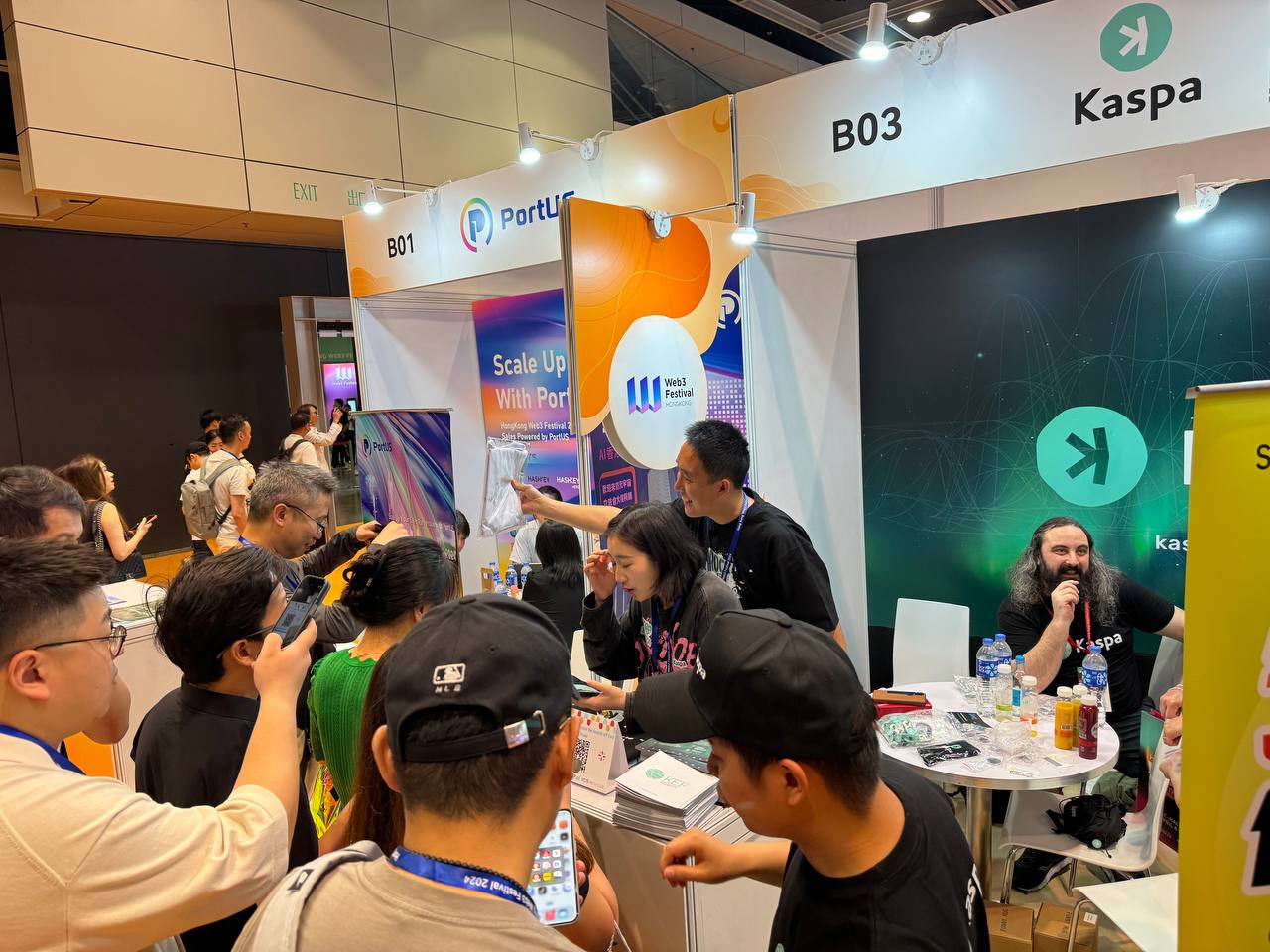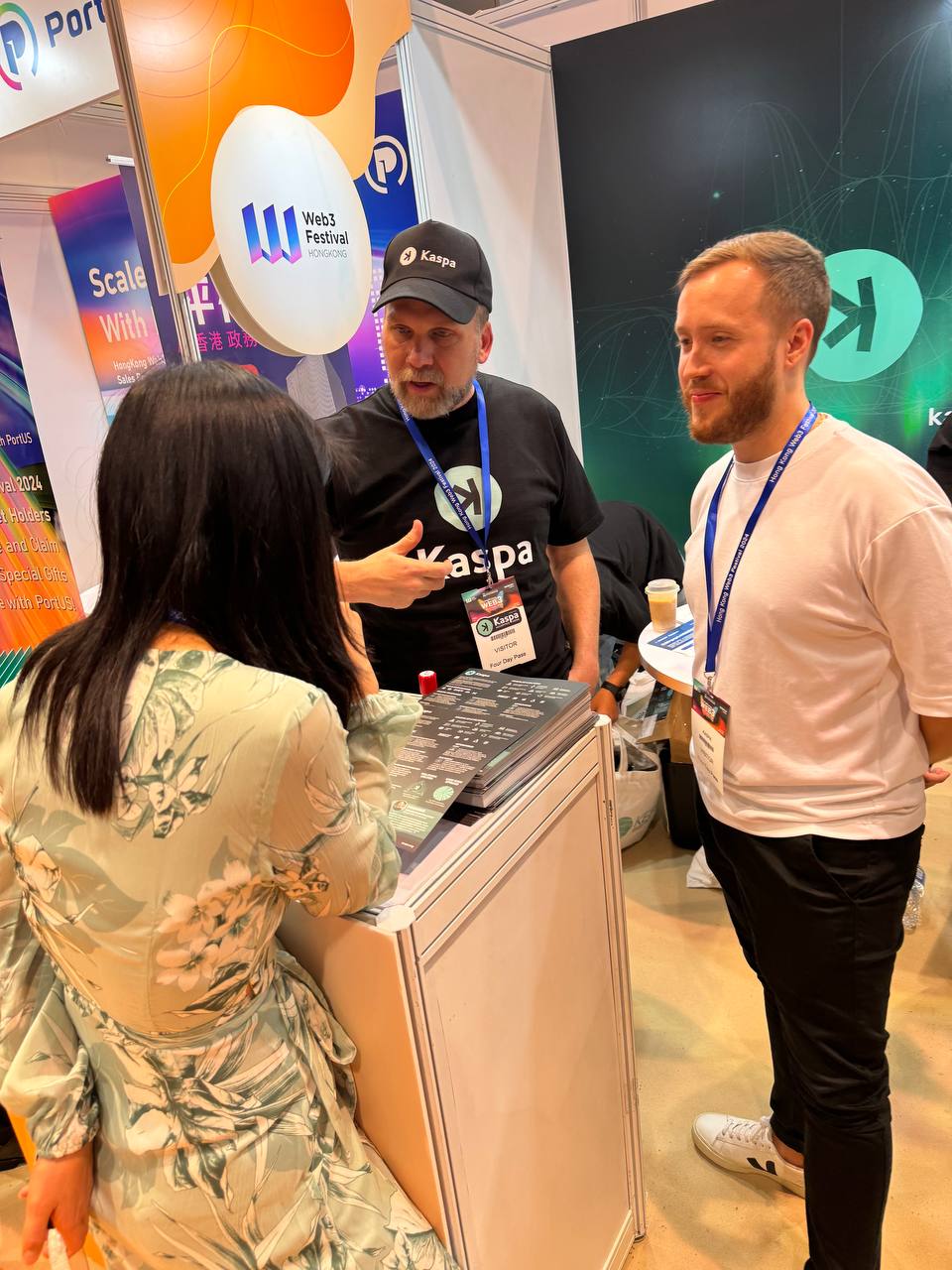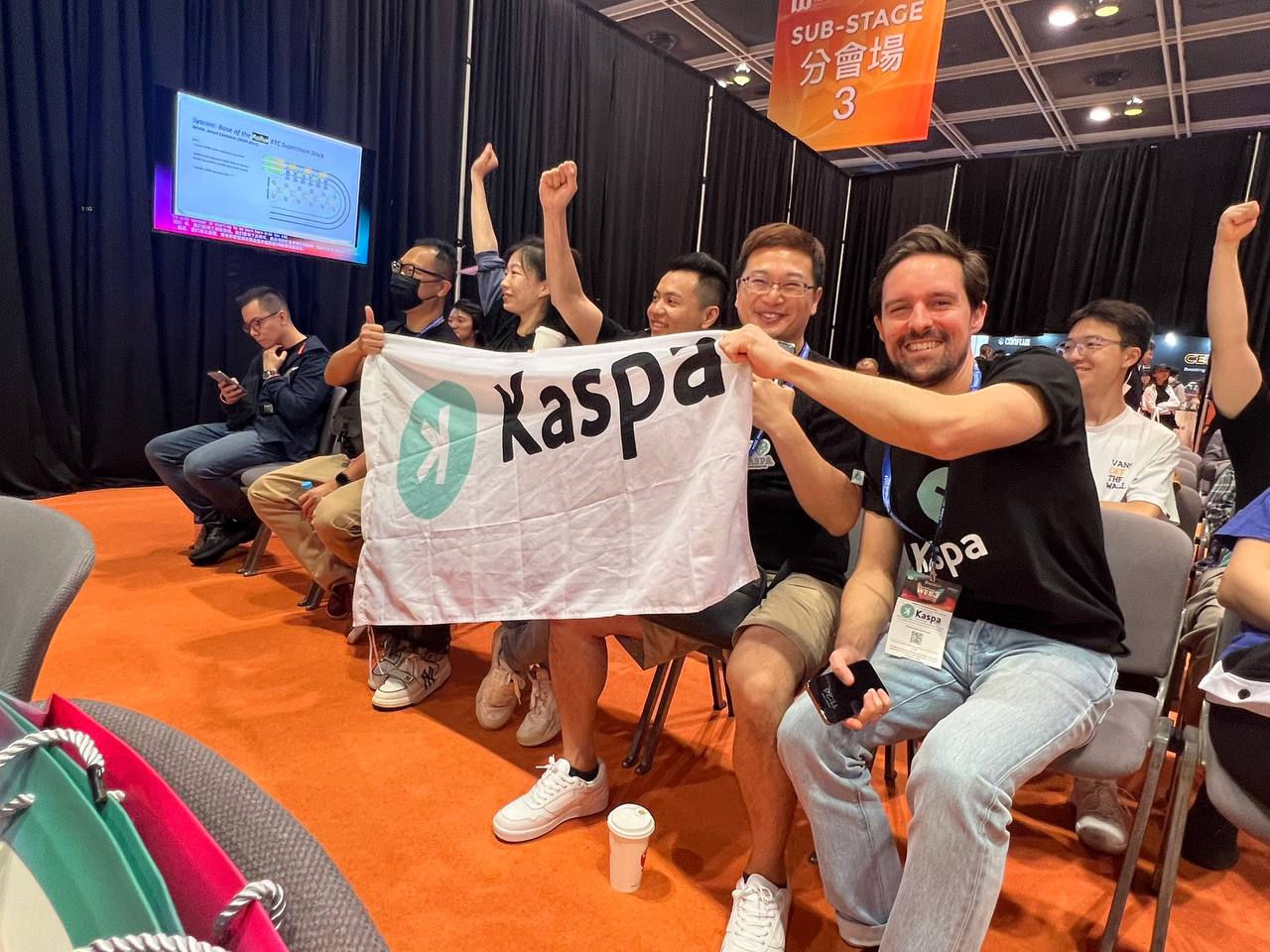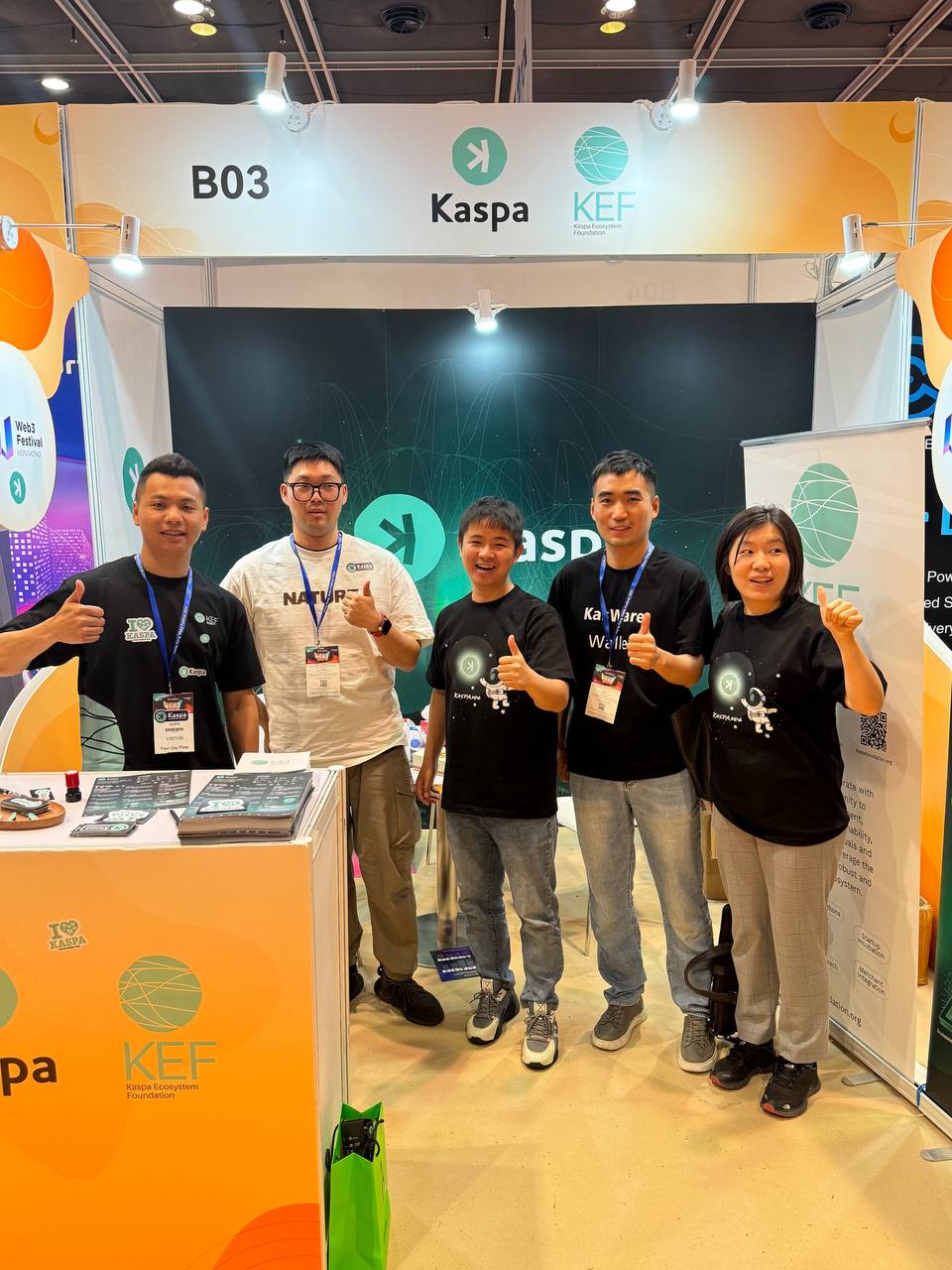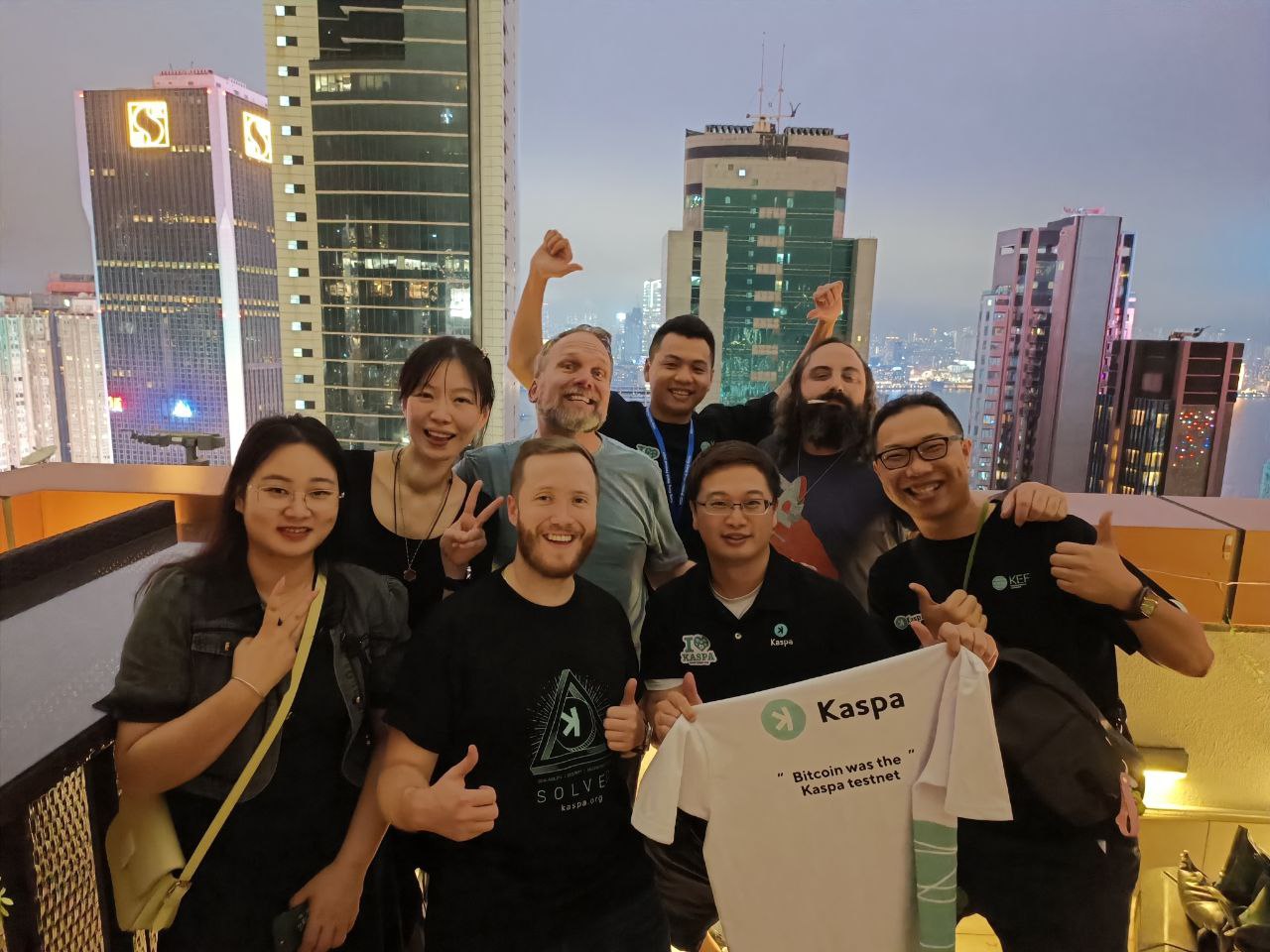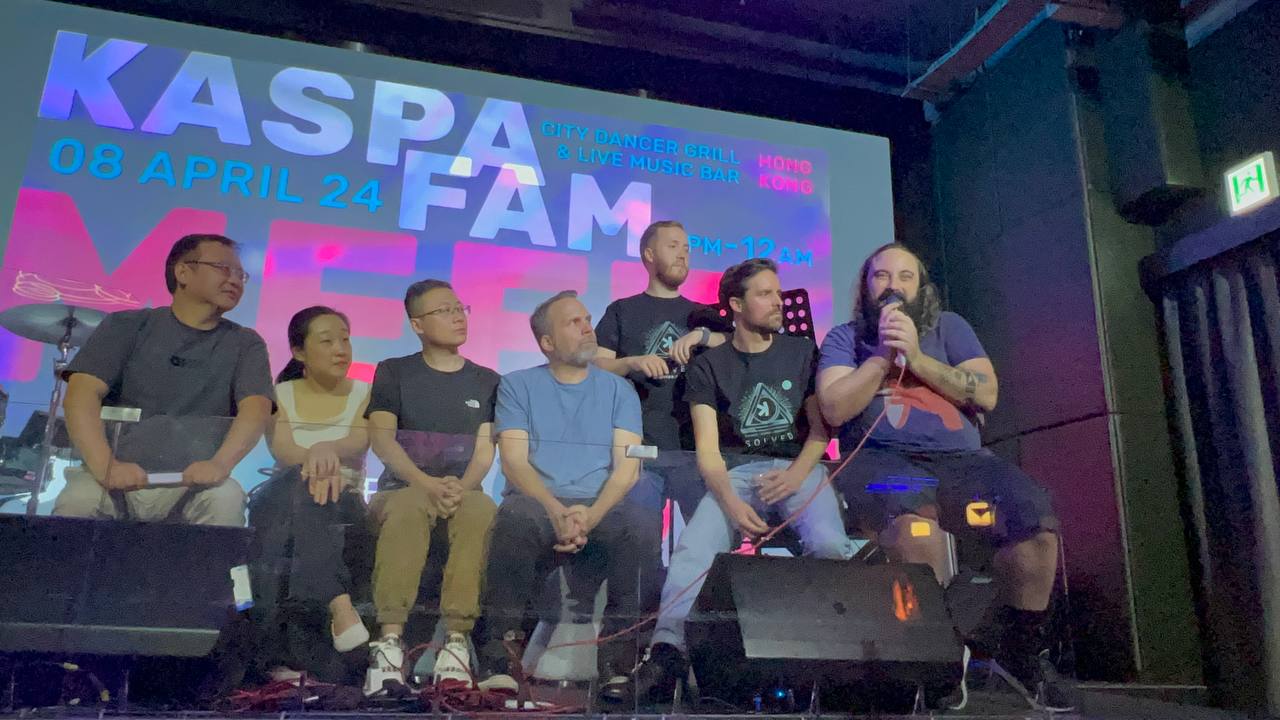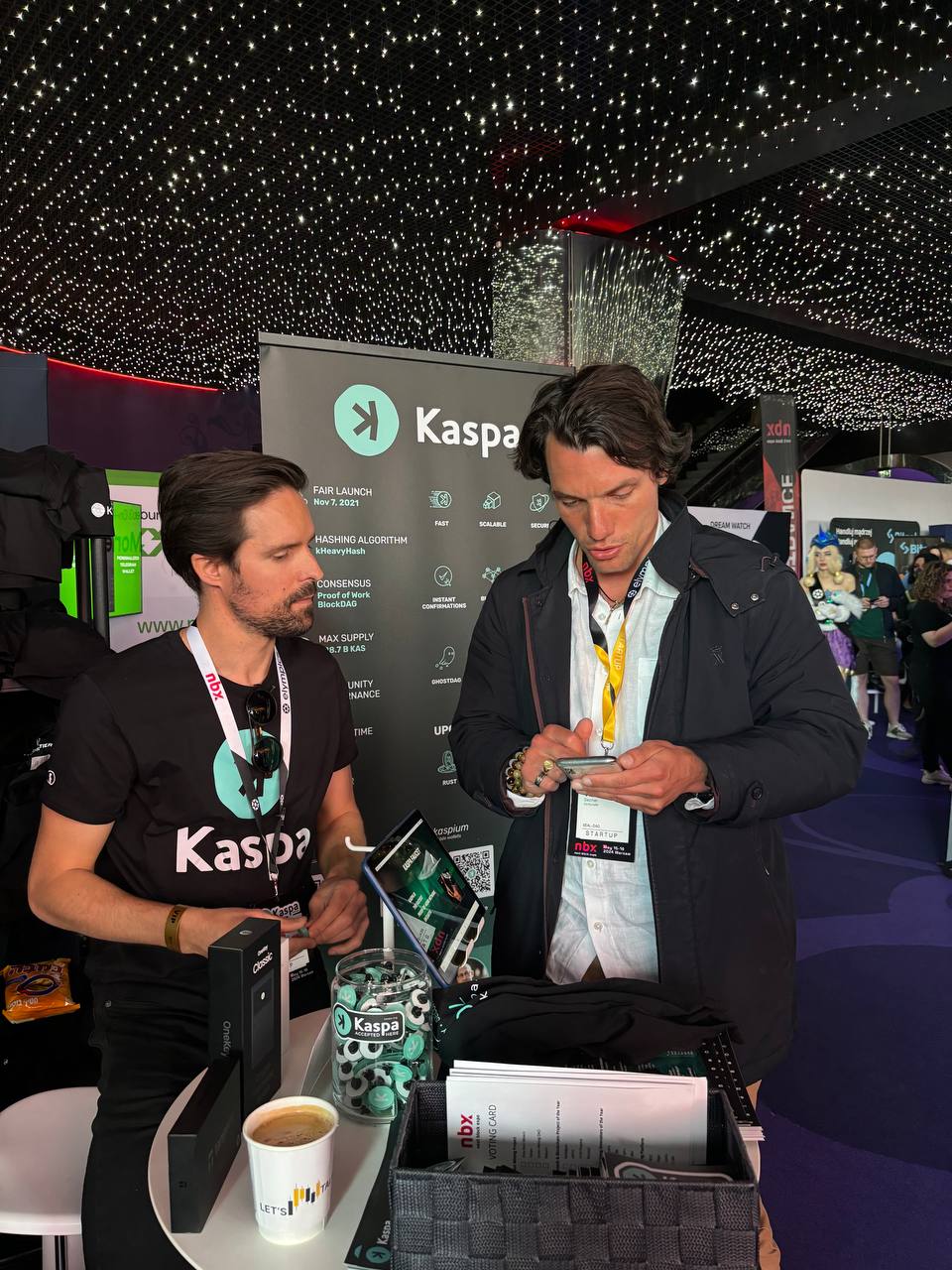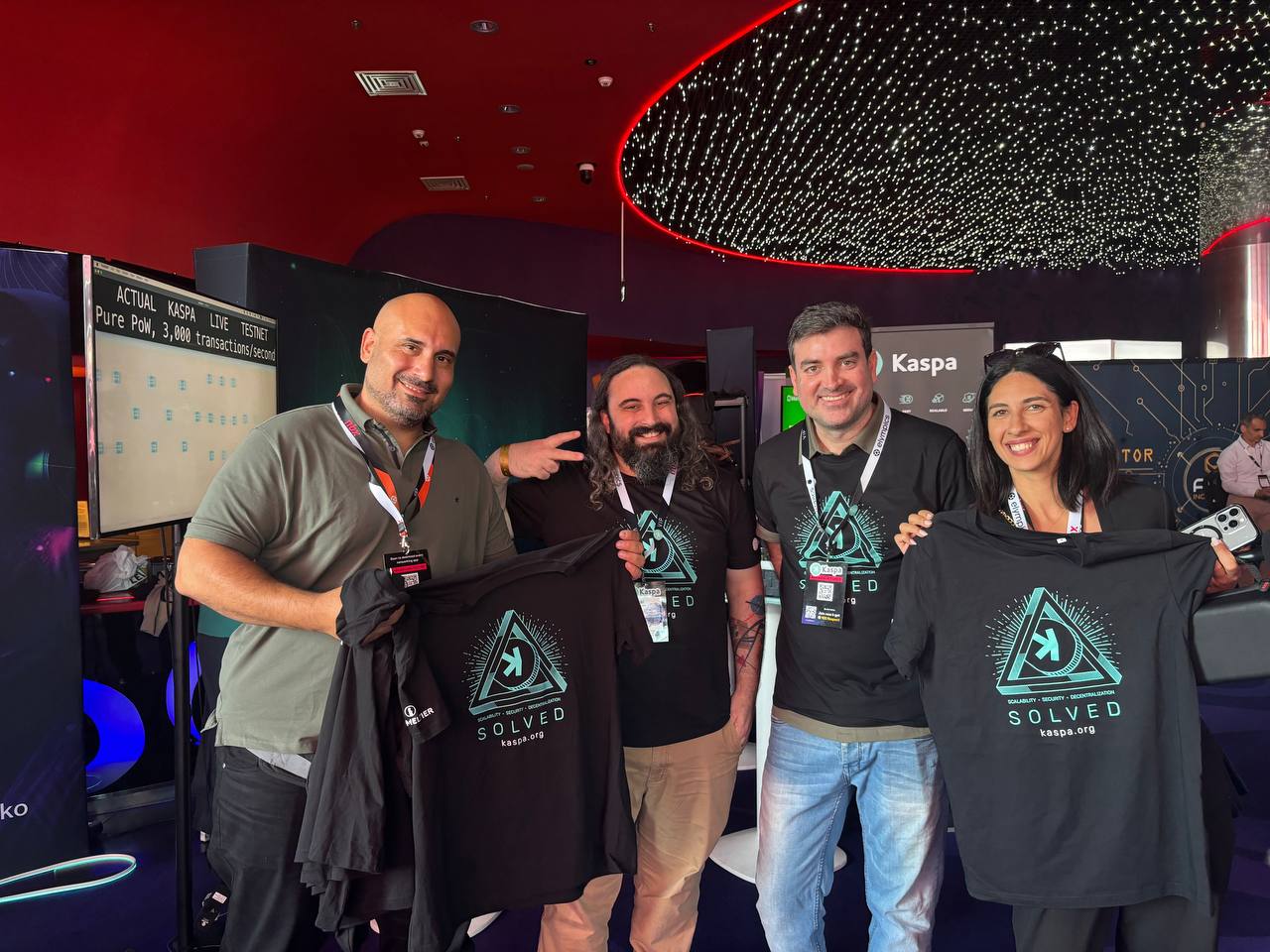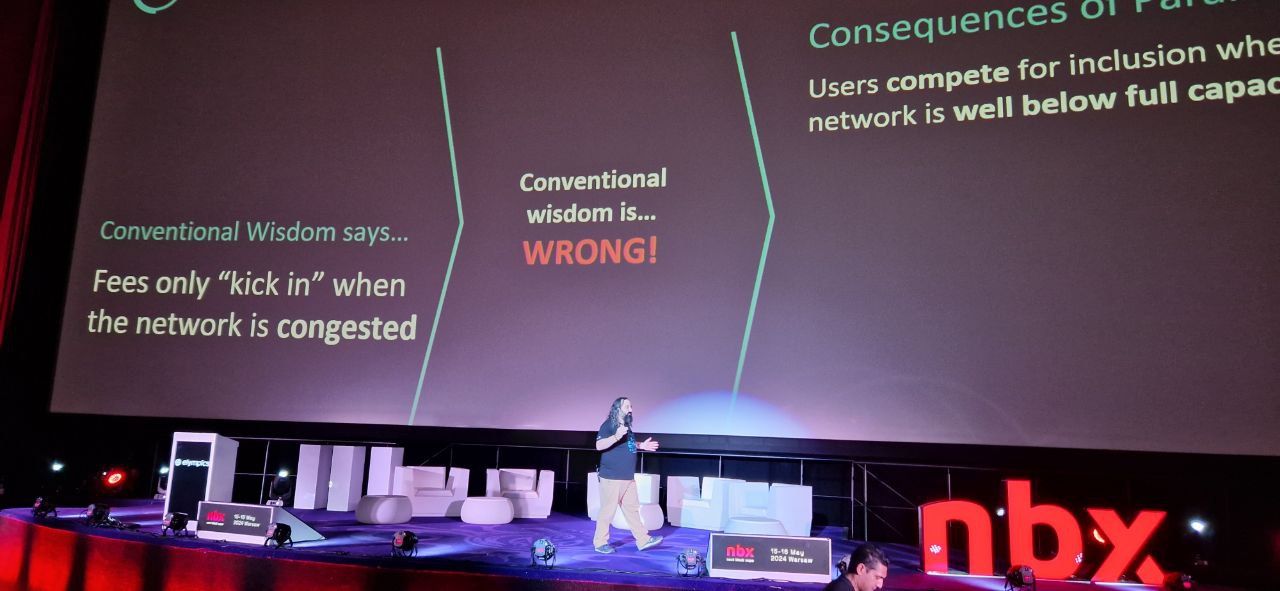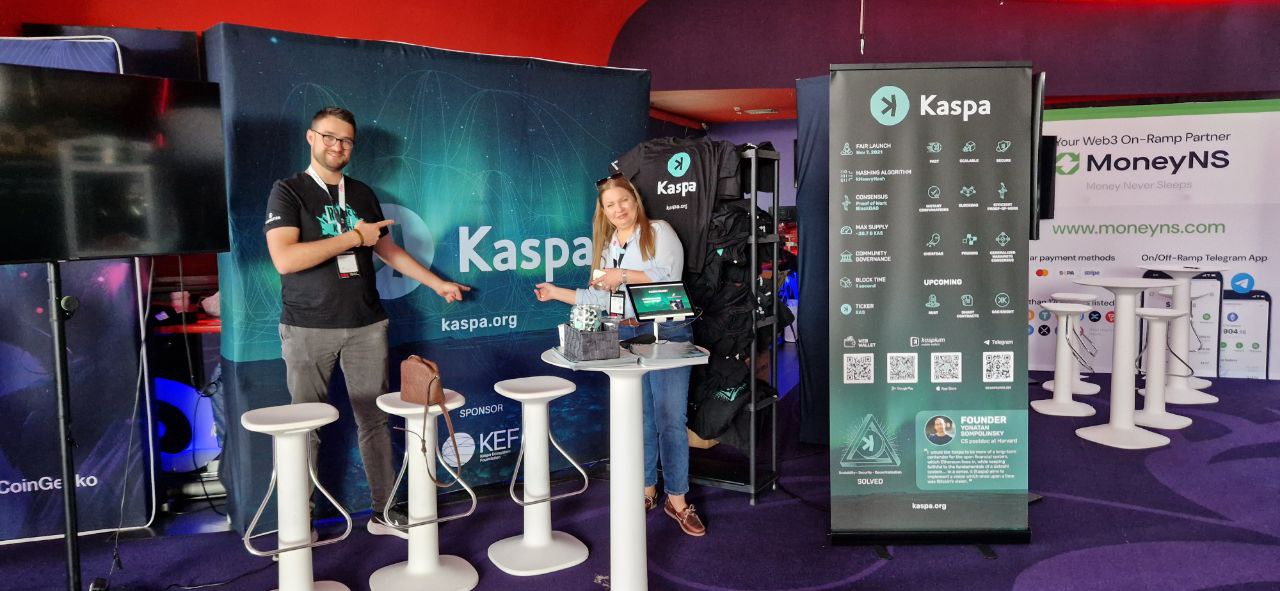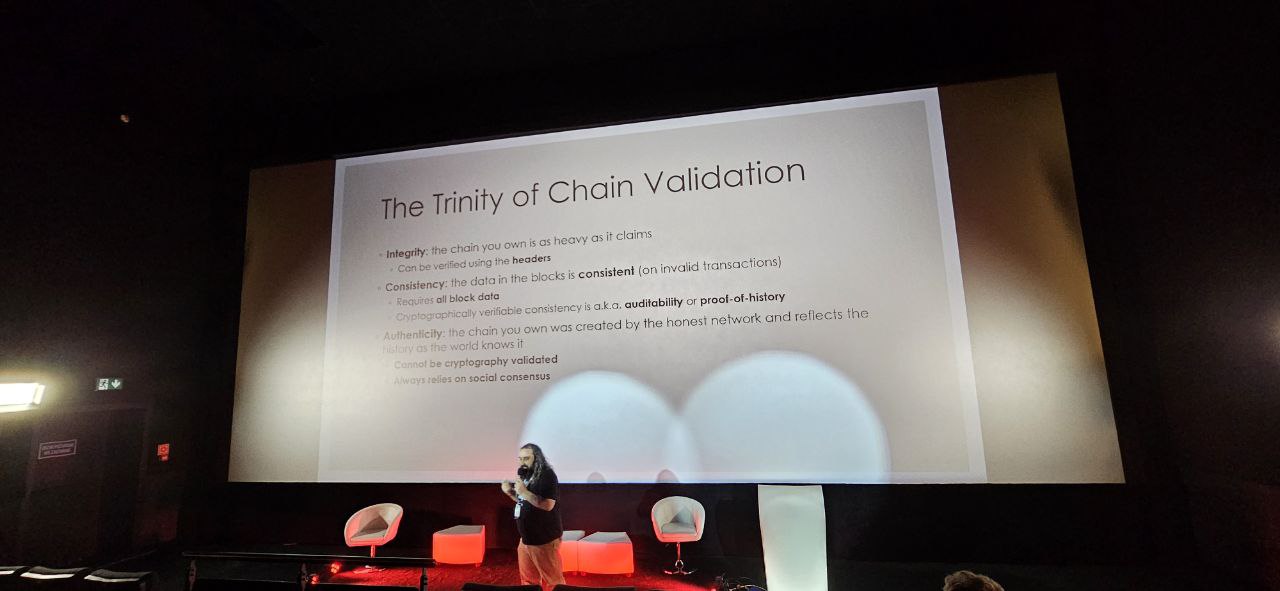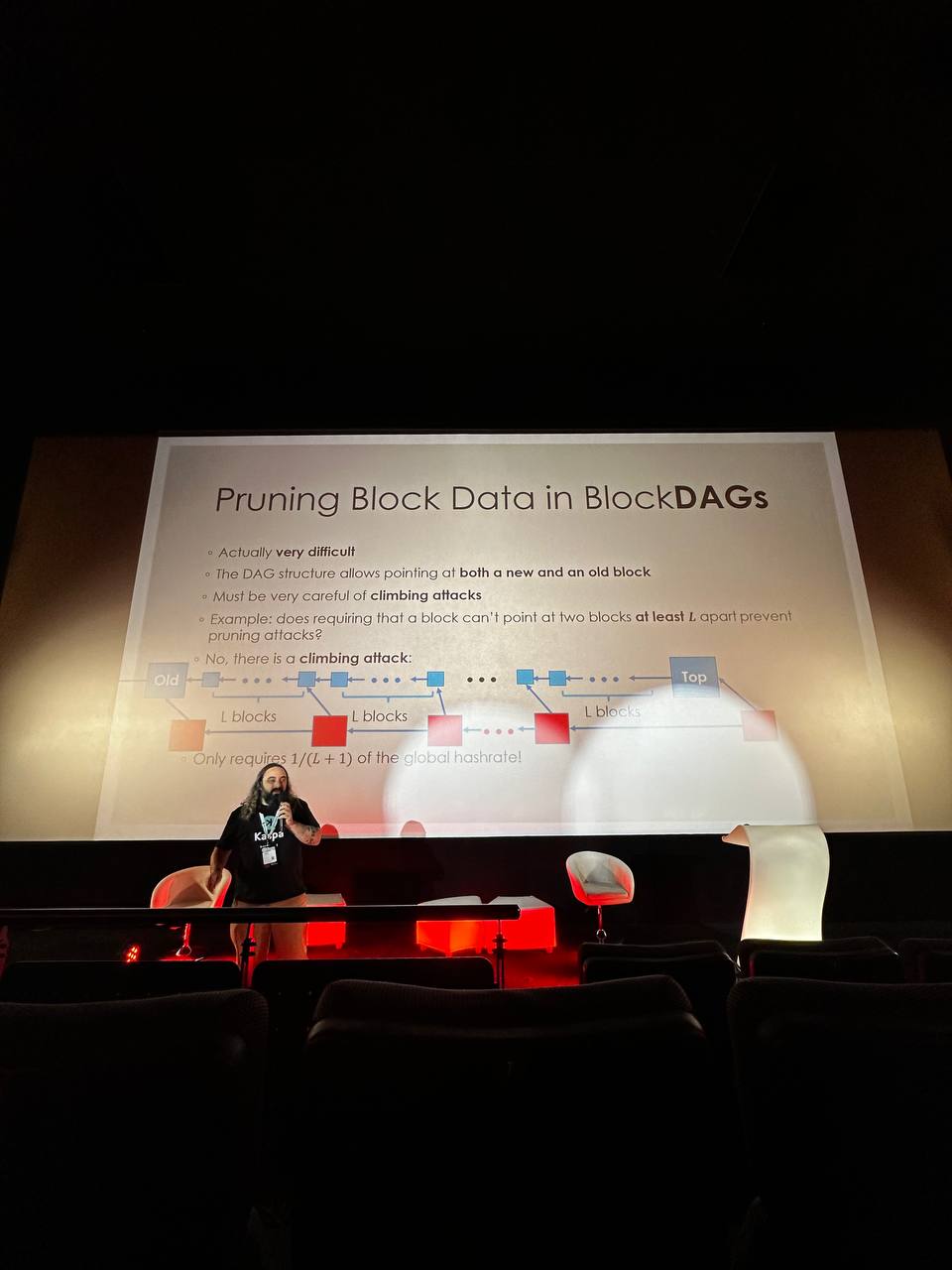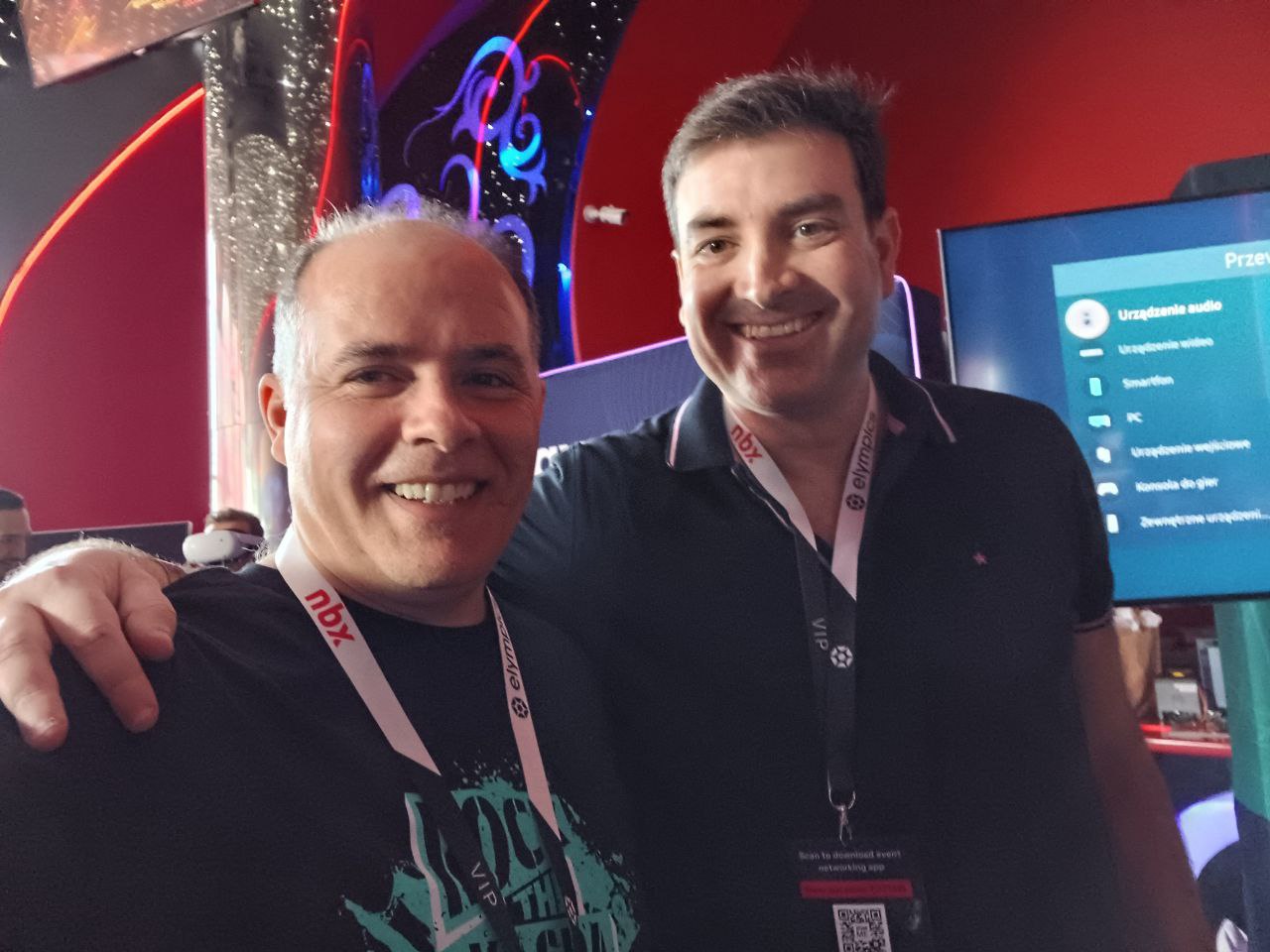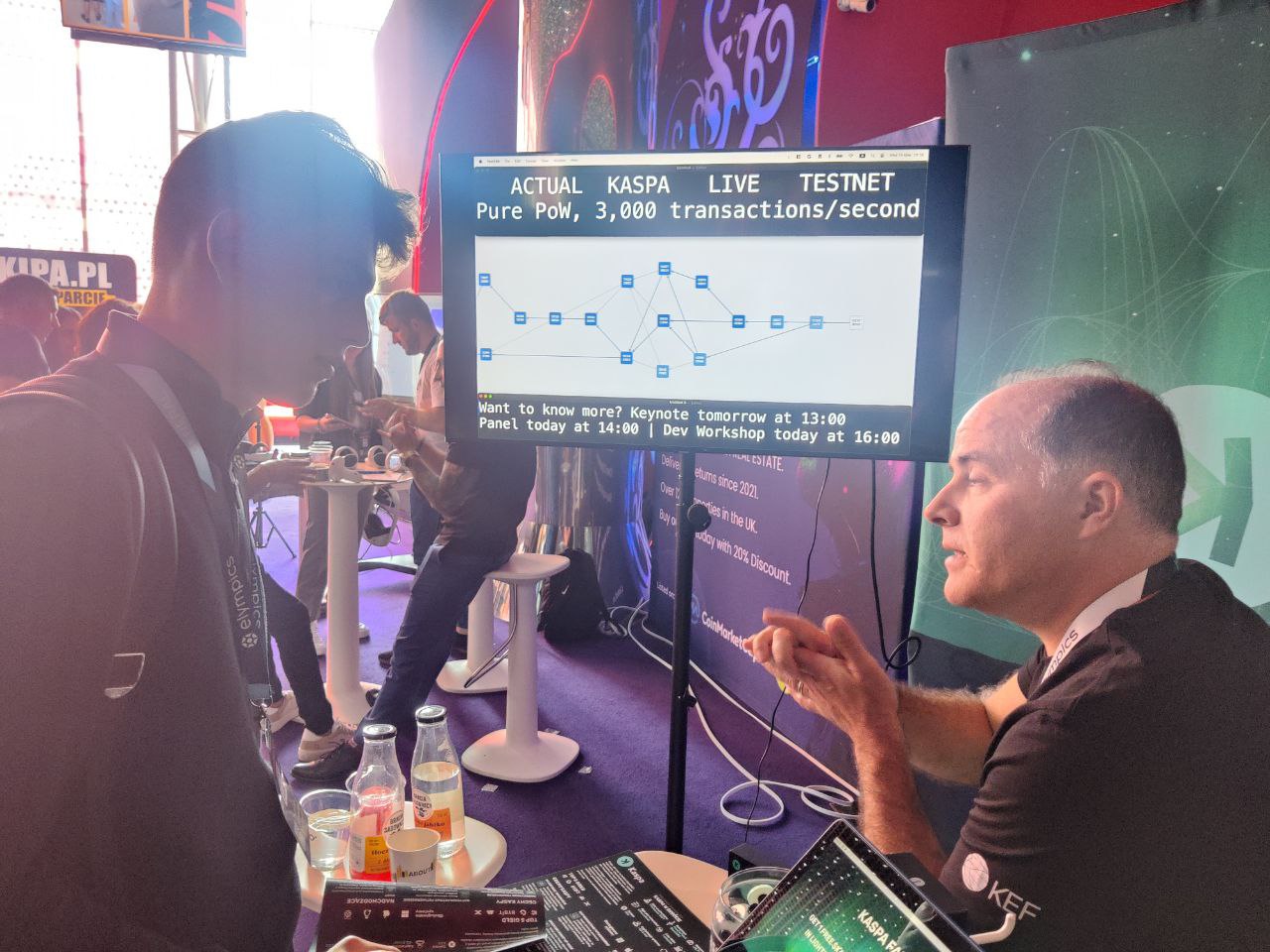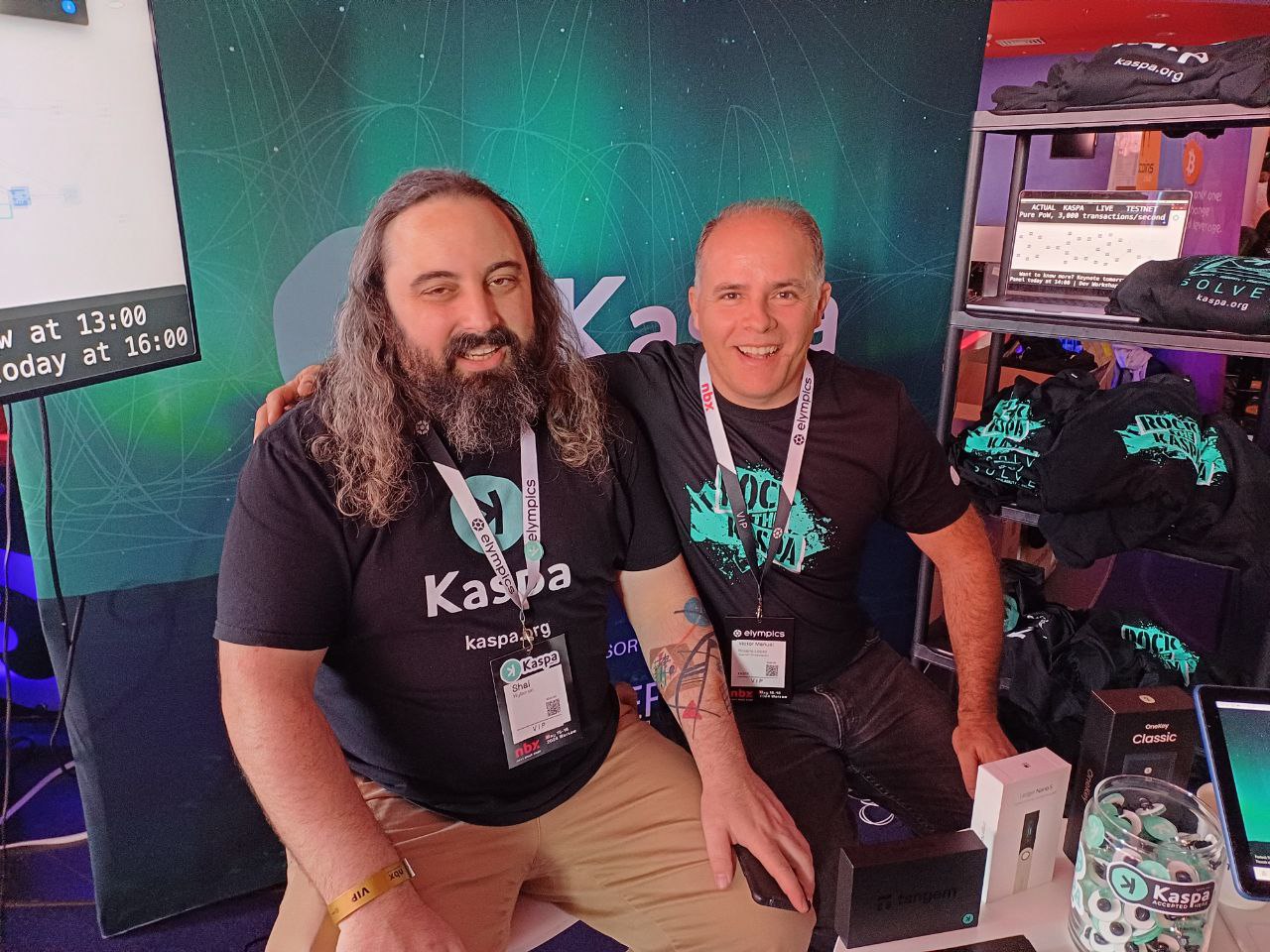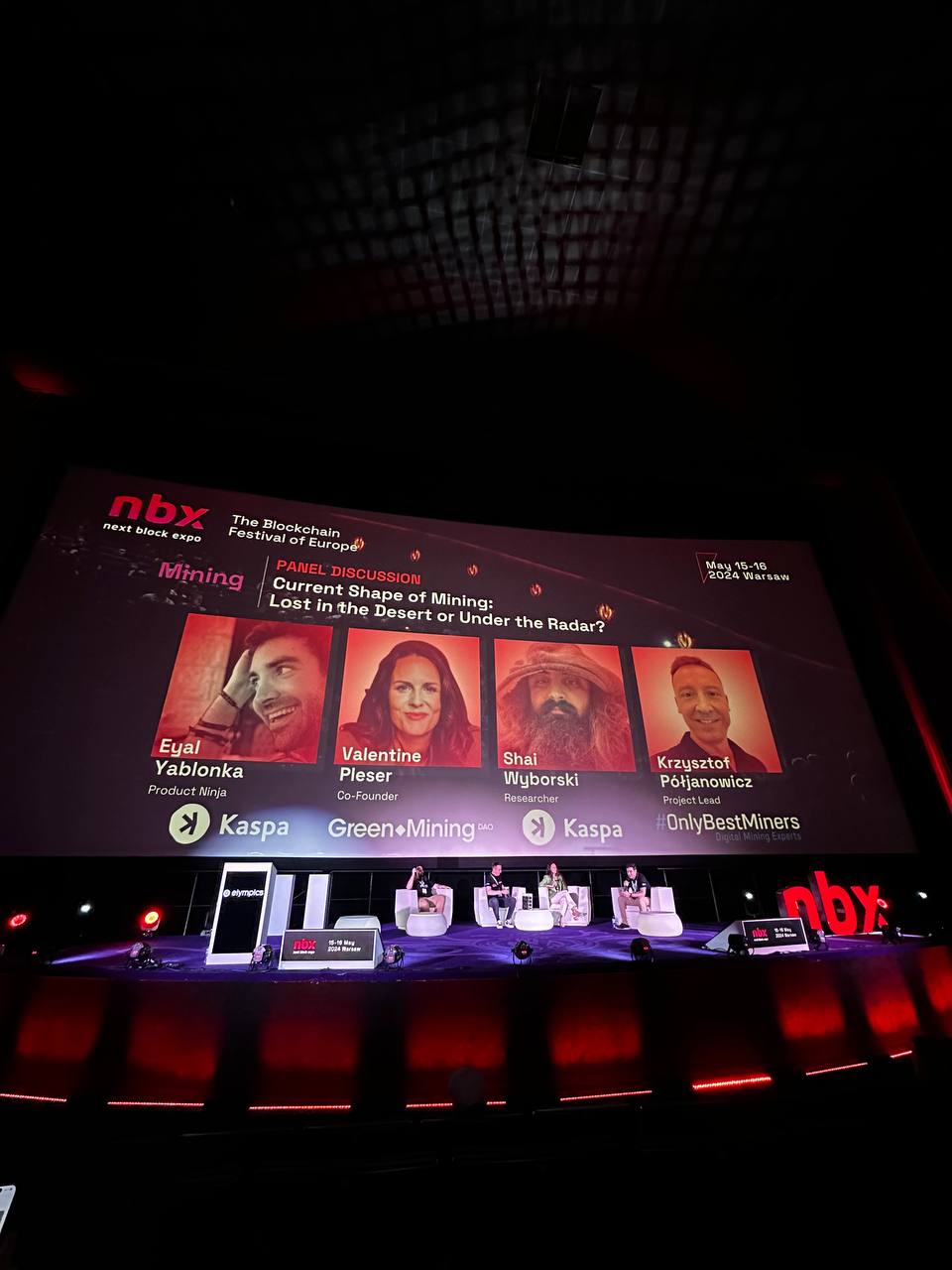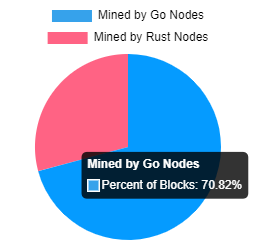May 14, 2024 | News
why rollblock (RBLK) has the analysts excited
The Altcoin market has experienced substantial growth in recent years as cryptocurrency adoption gains momentum. However, due to the market’s inherent volatility, investors constantly seek altcoins with high future profit potential. This analysis delves into the top 5 altcoins that experts forecast will deliver considerable returns in the coming months: Rollblock, Litecoin, Dogecoin, Arbitrum, and Kaspa.
The affordable price of these altcoins makes it accessible for investors to accumulate them before the alt season begins. Notably, as the only presale token on the list, Rollblock is predicted by analysts to witness a 1000% growth in the upcoming weeks. Here’s why these altcoins are ideal for investment today.
Rollblock: Revolutionizing the Online Gaming Space with the GambleFi Protocol
Rollblock (RBLK) is poised to revolutionize the iGaming and casino industries with its GambleFi protocol. By bridging the gap between decentralized and centralized gaming, Rollblock offers innovative solutions aimed at enhancing security and transparency in casinos. All transactions on Rollblock are immutable and permanent, making it nearly impossible to alter bets after they are placed.
Rollblock ensures all transactions are encrypted to safeguard players’ data and assets. The ecosystem integrates with various blockchain networks and protocols, providing token holders with extensive opportunities. Although KYC requirements are a topic of much discussion, Rollblock does not necessitate KYC; users only need an email to sign up, deposit crypto, and start playing.
The native token of Rollblock, RBLK, serves multiple functions on the platform. Beyond rewarding users, players can stake RBLK to earn rewards and bonuses. The platform also supports multi-currency staking, allowing users to stake popular cryptocurrencies like BTC and ETH. The Rollblock play-to-earn program offers players tokenized cashback as a reward for playing.
The Hold to Earn program provides token holders with a share of the platform’s weekly revenue. To stabilize its price, Rollblock allocates part of its revenue to buy back circulating tokens. Of these buybacks, 50% of the tokens are burned, and the remaining 50% are used as staking rewards. Purchase the RBLK token, currently priced at just [gpt_article topic=”Top 5 Altcoins to Watch in 2024: Analysts Shine Spotlight on Rollblock (RBLK), Litecoin (LTC), Dogecoin (DOGE), Kaspa (KAS), and Arbitrum (ARB)” directives=”Format the text for embedding in a WordPress post, using HTML tags. Reword the
The Altcoin market has witnessed tremendous growth in the past few years as the crypto market continues to witness massive adoption. However, with the volatile nature of the crypto market, investors are always eyeing altcoins that will return significant profits in the future. This article will look into the 5 top altcoins that crypto experts forecast will return massive ROI in the coming months. They are Rollblock, Litecoin, Dogecoin, Arbitrum, and Kaspa.
The cheap price point of these altcoins makes it easier to accumulate ahead of the alt season. As the only presale token that made the list, analysts have projected 1000% growth for Rollblock in the coming weeks. Let’s find out why these are the best altcoins to buy today.
Rollblock: Revolutionizing the Online Gaming Space with the GambleFiProtocol
Rollblock (RBLK) is one of the top altcoins that is set to take the iGaming and casino market by storm with its GambleFi protocol. The project hopes to close the gap between decentralized and centralized gaming using innovative solutions. Rollblock is coming up with solutions to security and transparency issues around casinos. At Rollblock, all transactions are immutable and permanent, making it hard to alter bets when they are placed.
All transactions in Rollblock are encrypted to protect players’ data and assets. The ecosystem is integrating with various blockchain networks and protocols to offer token holders extensive opportunities. While issues of KYC have become a talking point, Rollblock doesn’t require KYC. All a user needs is an email to sign up, deposit crypto, and start playing.
The Rollblock native token, RBLK, is the platform’s currency. In addition to rewarding users, players can stake their RBLK to earn rewards and bonuses. The platform also supports multi currency staking, allowing users to stake cryptos such as BTC, ETH, etc. The Rollblock play-to-earn program rewards players with tokenized cashback for playing on the platform.
The Hold to Earn program gives holders a percentage of the platform’s weekly revenue. As part of efforts to stabilize the price, Rollblock uses part of its revenue to buy back the tokens in circulation. The 50% of the tokens bought back are burned, while the other 50% are used as a staking reward. To be part of this amazing ecosystem, buy the RBLK token sold for just $0.01. Analysts pick RBLK as one of the top altcoins to buy now.
Litecoin Price Projected To Hit $100 in Q2
Litecoin (LTC) is a top peer-to-peer platform that shares similarities with Bitcoin. It was created to provide users with easier and cheaper transactions. In the past few months, Litecoin news has been positive, giving the token price a boost. A few weeks ago, Litecoin trumped Bitcoin to become the most widely used crypto for payment.
With Litecoin leading as the number one in online payment, it is now dubbed the new king of crypto payment. Meanwhile, Litecoin market sentiment has been bullish for weeks. From a price of $68 in late February, Litecoin’s price rose to a yearly high of $109 in March. As the most widely adopted crypto for payment, the token ranks among the 20 cryptos in the market with Litecoin’s market cap exceeding $6M.
The Litecoin trading volume is also increasing, which could propel the price towards the $110 mark in the month. Experts Litecoin price predictions are in the range of $150 in the short term and $200 before the end of 2024. This makes it one of the altcoins to watch in Q3.
Dogecoin Market Sentiment Is Bullish, Is $1 Within Reach in 2024?
Dogecoin is one of the most reliable open-source altcoin platforms that offers a secure, transparent, and decentralized environment. The Dogecoin ecosystem aims to provide a quick and reliable payment avenue while boasting a user-friendly community where all members can relate to one another.
The Dogecoin transaction fees are affordable, and $DOGE can be used for charitable causes and donations online. Recent Dogecoin news shows that Tesla has unveiled plans to accept DOGE as a means of payment. This adds to the growing number of companies and merchants that have adopted the token for payment such as Microsoft, etc.
In the altcoin market, Dogecoin is making progress with a 110% increase in the year-to-date price metrics. Dogecoin price has also established support above the $0.13 mark while targeting a retest of the $0.73 all-time high record. With the increasing Dog to make this article unique but mean the same thing as the original.”].01, to become part of this exciting ecosystem. Analysts have selected RBLK as one of the top altcoins worth investing in now.
litecoin (LTC): the reliable choice
Litecoin (LTC) stands out as a peer-to-peer cryptocurrency platform that closely resembles Bitcoin, aiming to facilitate more manageable and affordable transactions. With a long history of positive developments, Litecoin has consistently experienced a favorable market outlook. Recently, Litecoin even surpassed Bitcoin to become the most extensively used cryptocurrency for payments.
Its newfound status as the predominant choice for online transactions has earned it the moniker “the new king of crypto payment.” For several weeks now, market sentiment surrounding Litecoin has been notably optimistic. The token saw a notable increase in price from in late February to a peak of 9 in March. This rise illustrates growing confidence as Litecoin ranks among the top 20 cryptocurrencies, boasting a market cap exceeding million.
Moreover, the trading volume for Litecoin continues to swell, potentially driving the price toward the 0 threshold in the near term. According to expert projections, the price could reach 0 shortly and potentially hit 0 by the end of 2024. These predictions solidify Litecoin’s status as one of the altcoins to keep an eye on in the upcoming quarter.
dogecoin (DOGE): more than a meme
Dogecoin Market Sentiment Is Bullish, Is Within Reach in 2024?
Dogecoin (DOGE) has evolved far beyond its origins as a meme coin to become a credible and widely accepted cryptocurrency. Created as a light-hearted alternative to Bitcoin, Dogecoin now offers a secure, transparent, and decentralized platform where users can engage in quick transactions with minimal fees. The community behind Dogecoin is known for its charitable initiatives and positive engagement, adding to its appeal.
One of the critical factors driving Dogecoin’s recent bullish sentiment is its increasing adoption by major businesses. Notably, Tesla has announced plans to accept DOGE as a form of payment, joining other giants like Microsoft. This growing acceptance is a testament to the coin’s legitimacy and utility in the real world. Furthermore, the low transaction fees make it an attractive option for everyday use, enhancing its position in the market.
In terms of market performance, Dogecoin has seen a significant 110% increase in year-to-date (YTD) price metrics. It has successfully established a strong support level above [gpt_article topic=”Top 5 Altcoins to Watch in 2024: Analysts Shine Spotlight on Rollblock (RBLK), Litecoin (LTC), Dogecoin (DOGE), Kaspa (KAS), and Arbitrum (ARB)” directives=”Format the text for embedding in a WordPress post, using HTML tags. Reword the
The Altcoin market has witnessed tremendous growth in the past few years as the crypto market continues to witness massive adoption. However, with the volatile nature of the crypto market, investors are always eyeing altcoins that will return significant profits in the future. This article will look into the 5 top altcoins that crypto experts forecast will return massive ROI in the coming months. They are Rollblock, Litecoin, Dogecoin, Arbitrum, and Kaspa.
The cheap price point of these altcoins makes it easier to accumulate ahead of the alt season. As the only presale token that made the list, analysts have projected 1000% growth for Rollblock in the coming weeks. Let’s find out why these are the best altcoins to buy today.
Rollblock: Revolutionizing the Online Gaming Space with the GambleFiProtocol
Rollblock (RBLK) is one of the top altcoins that is set to take the iGaming and casino market by storm with its GambleFi protocol. The project hopes to close the gap between decentralized and centralized gaming using innovative solutions. Rollblock is coming up with solutions to security and transparency issues around casinos. At Rollblock, all transactions are immutable and permanent, making it hard to alter bets when they are placed.
All transactions in Rollblock are encrypted to protect players’ data and assets. The ecosystem is integrating with various blockchain networks and protocols to offer token holders extensive opportunities. While issues of KYC have become a talking point, Rollblock doesn’t require KYC. All a user needs is an email to sign up, deposit crypto, and start playing.
The Rollblock native token, RBLK, is the platform’s currency. In addition to rewarding users, players can stake their RBLK to earn rewards and bonuses. The platform also supports multi currency staking, allowing users to stake cryptos such as BTC, ETH, etc. The Rollblock play-to-earn program rewards players with tokenized cashback for playing on the platform.
The Hold to Earn program gives holders a percentage of the platform’s weekly revenue. As part of efforts to stabilize the price, Rollblock uses part of its revenue to buy back the tokens in circulation. The 50% of the tokens bought back are burned, while the other 50% are used as a staking reward. To be part of this amazing ecosystem, buy the RBLK token sold for just $0.01. Analysts pick RBLK as one of the top altcoins to buy now.
Litecoin Price Projected To Hit $100 in Q2
Litecoin (LTC) is a top peer-to-peer platform that shares similarities with Bitcoin. It was created to provide users with easier and cheaper transactions. In the past few months, Litecoin news has been positive, giving the token price a boost. A few weeks ago, Litecoin trumped Bitcoin to become the most widely used crypto for payment.
With Litecoin leading as the number one in online payment, it is now dubbed the new king of crypto payment. Meanwhile, Litecoin market sentiment has been bullish for weeks. From a price of $68 in late February, Litecoin’s price rose to a yearly high of $109 in March. As the most widely adopted crypto for payment, the token ranks among the 20 cryptos in the market with Litecoin’s market cap exceeding $6M.
The Litecoin trading volume is also increasing, which could propel the price towards the $110 mark in the month. Experts Litecoin price predictions are in the range of $150 in the short term and $200 before the end of 2024. This makes it one of the altcoins to watch in Q3.
Dogecoin Market Sentiment Is Bullish, Is $1 Within Reach in 2024?
Dogecoin is one of the most reliable open-source altcoin platforms that offers a secure, transparent, and decentralized environment. The Dogecoin ecosystem aims to provide a quick and reliable payment avenue while boasting a user-friendly community where all members can relate to one another.
The Dogecoin transaction fees are affordable, and $DOGE can be used for charitable causes and donations online. Recent Dogecoin news shows that Tesla has unveiled plans to accept DOGE as a means of payment. This adds to the growing number of companies and merchants that have adopted the token for payment such as Microsoft, etc.
In the altcoin market, Dogecoin is making progress with a 110% increase in the year-to-date price metrics. Dogecoin price has also established support above the $0.13 mark while targeting a retest of the $0.73 all-time high record. With the increasing Dog to make this article unique but mean the same thing as the original.”].13, a crucial milestone that paves the way for further price gains. The coin is also gearing up for a potential retest of its all-time high (ATH) of [gpt_article topic=”Top 5 Altcoins to Watch in 2024: Analysts Shine Spotlight on Rollblock (RBLK), Litecoin (LTC), Dogecoin (DOGE), Kaspa (KAS), and Arbitrum (ARB)” directives=”Format the text for embedding in a WordPress post, using HTML tags. Reword the
The Altcoin market has witnessed tremendous growth in the past few years as the crypto market continues to witness massive adoption. However, with the volatile nature of the crypto market, investors are always eyeing altcoins that will return significant profits in the future. This article will look into the 5 top altcoins that crypto experts forecast will return massive ROI in the coming months. They are Rollblock, Litecoin, Dogecoin, Arbitrum, and Kaspa.
The cheap price point of these altcoins makes it easier to accumulate ahead of the alt season. As the only presale token that made the list, analysts have projected 1000% growth for Rollblock in the coming weeks. Let’s find out why these are the best altcoins to buy today.
Rollblock: Revolutionizing the Online Gaming Space with the GambleFiProtocol
Rollblock (RBLK) is one of the top altcoins that is set to take the iGaming and casino market by storm with its GambleFi protocol. The project hopes to close the gap between decentralized and centralized gaming using innovative solutions. Rollblock is coming up with solutions to security and transparency issues around casinos. At Rollblock, all transactions are immutable and permanent, making it hard to alter bets when they are placed.
All transactions in Rollblock are encrypted to protect players’ data and assets. The ecosystem is integrating with various blockchain networks and protocols to offer token holders extensive opportunities. While issues of KYC have become a talking point, Rollblock doesn’t require KYC. All a user needs is an email to sign up, deposit crypto, and start playing.
The Rollblock native token, RBLK, is the platform’s currency. In addition to rewarding users, players can stake their RBLK to earn rewards and bonuses. The platform also supports multi currency staking, allowing users to stake cryptos such as BTC, ETH, etc. The Rollblock play-to-earn program rewards players with tokenized cashback for playing on the platform.
The Hold to Earn program gives holders a percentage of the platform’s weekly revenue. As part of efforts to stabilize the price, Rollblock uses part of its revenue to buy back the tokens in circulation. The 50% of the tokens bought back are burned, while the other 50% are used as a staking reward. To be part of this amazing ecosystem, buy the RBLK token sold for just $0.01. Analysts pick RBLK as one of the top altcoins to buy now.
Litecoin Price Projected To Hit $100 in Q2
Litecoin (LTC) is a top peer-to-peer platform that shares similarities with Bitcoin. It was created to provide users with easier and cheaper transactions. In the past few months, Litecoin news has been positive, giving the token price a boost. A few weeks ago, Litecoin trumped Bitcoin to become the most widely used crypto for payment.
With Litecoin leading as the number one in online payment, it is now dubbed the new king of crypto payment. Meanwhile, Litecoin market sentiment has been bullish for weeks. From a price of $68 in late February, Litecoin’s price rose to a yearly high of $109 in March. As the most widely adopted crypto for payment, the token ranks among the 20 cryptos in the market with Litecoin’s market cap exceeding $6M.
The Litecoin trading volume is also increasing, which could propel the price towards the $110 mark in the month. Experts Litecoin price predictions are in the range of $150 in the short term and $200 before the end of 2024. This makes it one of the altcoins to watch in Q3.
Dogecoin Market Sentiment Is Bullish, Is $1 Within Reach in 2024?
Dogecoin is one of the most reliable open-source altcoin platforms that offers a secure, transparent, and decentralized environment. The Dogecoin ecosystem aims to provide a quick and reliable payment avenue while boasting a user-friendly community where all members can relate to one another.
The Dogecoin transaction fees are affordable, and $DOGE can be used for charitable causes and donations online. Recent Dogecoin news shows that Tesla has unveiled plans to accept DOGE as a means of payment. This adds to the growing number of companies and merchants that have adopted the token for payment such as Microsoft, etc.
In the altcoin market, Dogecoin is making progress with a 110% increase in the year-to-date price metrics. Dogecoin price has also established support above the $0.13 mark while targeting a retest of the $0.73 all-time high record. With the increasing Dog to make this article unique but mean the same thing as the original.”].73, which it achieved during the last altcoin bull run.
Analysts are optimistic about Dogecoin’s future, with some projections suggesting that it could reach the elusive mark within 2024. This optimism is fueled by ongoing developments and partnerships that enhance the coin’s utility and market reach. If these trends continue, Dogecoin could very well cement its status as more than just a meme coin, proving to be a valuable asset in the cryptocurrency landscape.
kaspa (KAS) and arbitrum (ARB): emerging contenders
Kaspa (KAS) and Arbitrum (ARB) are gaining attention as emerging contenders in the altcoin market, offering unique value propositions and robust technologies that have caught the eyes of analysts and investors alike.
Kaspa (KAS) is making headlines with its revolutionary approach to blockchain technology. It is the world’s fastest proof-of-work blockchain, optimizing both security and scalability. Kaspa employs a novel consensus protocol called GhostDAG, which allows it to process multiple blocks simultaneously. This significantly enhances transaction speeds and network capacity, making it ideal for high-throughput applications. As a result, Kaspa is seen as a strong competitor to established projects like Bitcoin and Ethereum, aiming to provide a more efficient solution for decentralized applications and financial transactions.
The unique technology underpinning Kaspa’s blockchain has attracted a growing community of developers and investors. Its mainnet launch has shown promising results, with rapid transaction processing and impressive scalability. Furthermore, Kaspa’s development team is consistently rolling out updates and innovations, maintaining momentum and investor confidence. Analysts predict that with continued progress and wider adoption, the price of KAS has the potential to see significant growth in 2024.
On the other hand, Arbitrum (ARB) is making waves in the world of Ethereum scaling solutions. As a layer-2 protocol, Arbitrum aims to address Ethereum’s well-known issues of high gas fees and network congestion. Utilizing optimistic rollups, Arbitrum processes transactions off the main Ethereum chain, significantly reducing costs and improving transaction speeds without compromising on security. This approach not only eases the burden on the Ethereum network but also enables developers to create more efficient and user-friendly decentralized applications (dApps).
The adoption of Arbitrum has been impressive, with numerous popular dApps and DeFi projects migrating to its platform to take advantage of its scalability benefits. The Arbitrum ecosystem is thriving, supported by a strong developer community and significant institutional interest. As Ethereum’s transition to Ethereum 2.0 continues, layer-2 solutions like Arbitrum are poised to play a crucial role in the ecosystem, offering immediate scalability while the main net upgrade progresses.
Analysts are optimistic about the future prospects of ARB, citing its technological advantages and growing ecosystem as key drivers of value. With Ethereum’s continued dominance in the smart contract space, Arbitrum’s role as a major scaling solution could see its token price appreciate substantially in the coming year. As such, both Kaspa and Arbitrum stand out as promising investments, meriting close attention from those looking to capitalize on the next wave of blockchain innovation.



